The 618 event has introduced many products. If you couldn’t make a reservation for something, you can contact our assistant for targeted bookings. If you have had a poor experience, please communicate through our assistant; and if you find better prices elsewhere, please let us know. We will liaise with the vendors to resolve the price differences or help process refunds (local hotels may offer us some leeway, while international ones are harder to negotiate with as they currently do not recognize us).
I’ve always believed that the advantage of XiYou lies in our assistant team. We have six dedicated assistants ready to help you solve problems; feel free to “bother” us anytime.
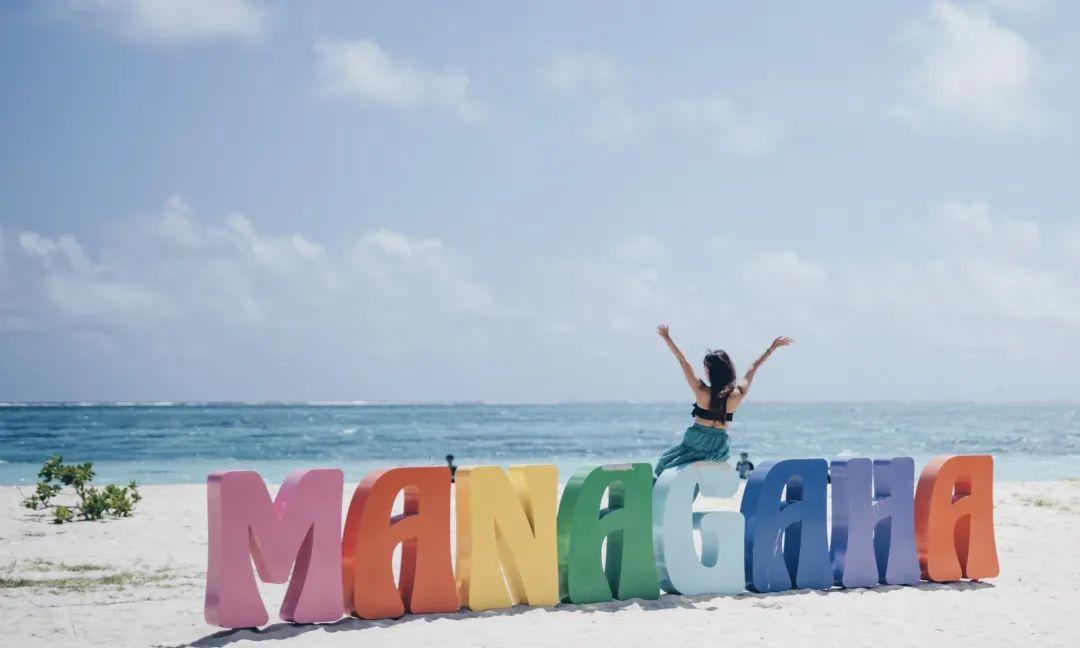
You can add our assistant on WeChat (long press to scan the QR code).
I am not optimistic about the summer travel market this year. Over the past four weeks of our weekly meetings, we have focused on promoting summer travel products that will not see price increases because we predict that the prices will drop this summer. Sanya has almost entirely dropped summer prices, and Yunnan is not far behind.
Currently, outbound flights to Southeast Asia are still expensive, but they may drop later on.
In fact, many outbound products have already seen price reductions. For example, for departures before July 14 (on June 27, July 4, and July 11), a combination package of flights and hotels for five days and three nights from Hong Kong to Saipan is only priced at 3999. The same price applies to most dates in September and October (departures every Thursday) and can also be paired with flights from Beijing, Shanghai, Hangzhou, and Nanjing.
This price for summer is quite unexpected, so I will simply post the QR code to save everyone the effort of searching. I continue to feel pessimistic about summer; many outbound travel products that include flights may see further price drops.
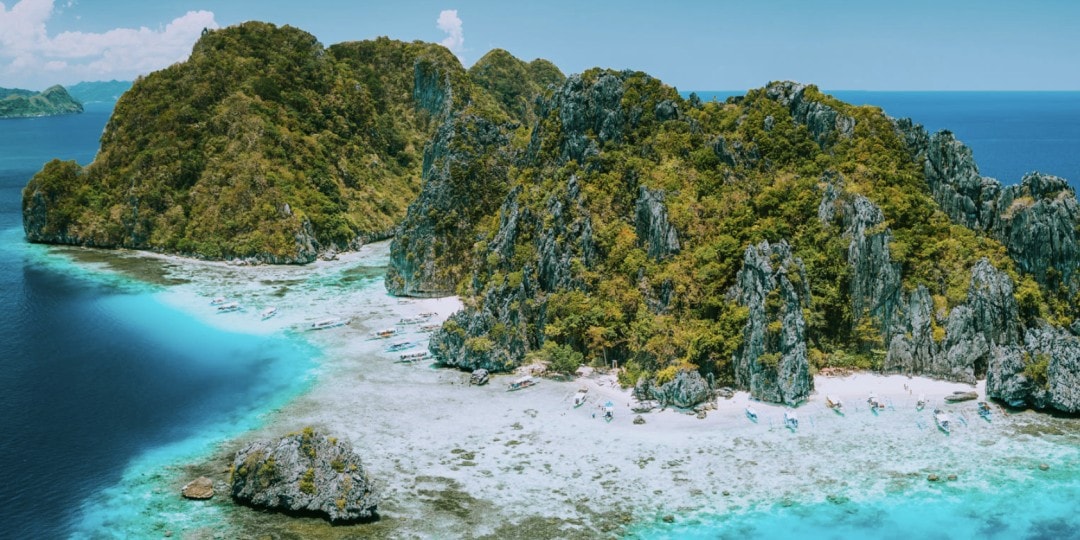
Today’s article is a practical guide. The background is that during the 618 event we pushed numerous products for islands in Southeast Asia and the South Pacific. Recommendations can be quite simple, but everyone’s needs are different, so don’t blindly follow recommendations. The reason I am writing this systematically is to tell everyone how to choose their ideal island.
Let me give you the simplest example: if hotel enthusiasts go to Sipadan, it might be a “disaster,” whereas if ocean lovers visit Sipadan, it could be “paradise” for them. It’s not about what’s good or bad—it’s about what suits you. What is sweet for one may be poison for another; the same island may have completely different appeal for different people.
In this article, we will provide a detailed introduction from the following perspectives:
1. Personal Needs
2. Travel Budget
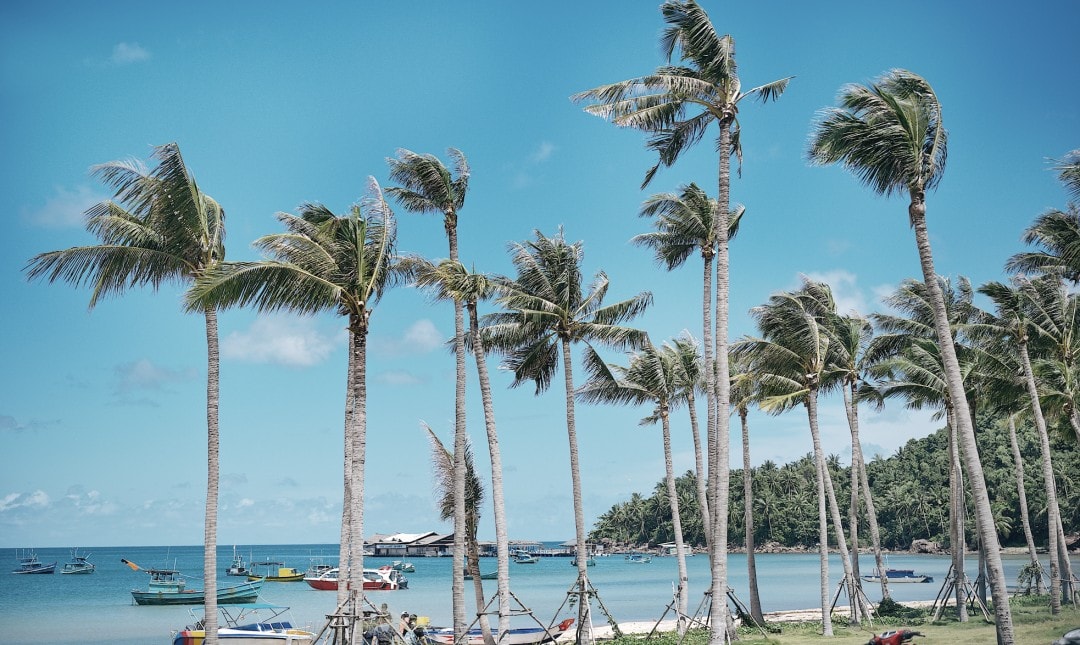
3. Transportation Factors and Travel Time
4. Visa Convenience
5. Destination Maturity (Infrastructure)
6. Safety
7. Travel Time, Duration, and Peak vs. Off-Season Considerations
1) Personal Needs
When choosing an island, you need to clarify what you want first. If you are going for a vacation, direct flights and good hotels will be very important. If you are going for entertainment, then the island must have a wide variety of activities—ideally, various island-hopping options and water sports that can fill your vacation.
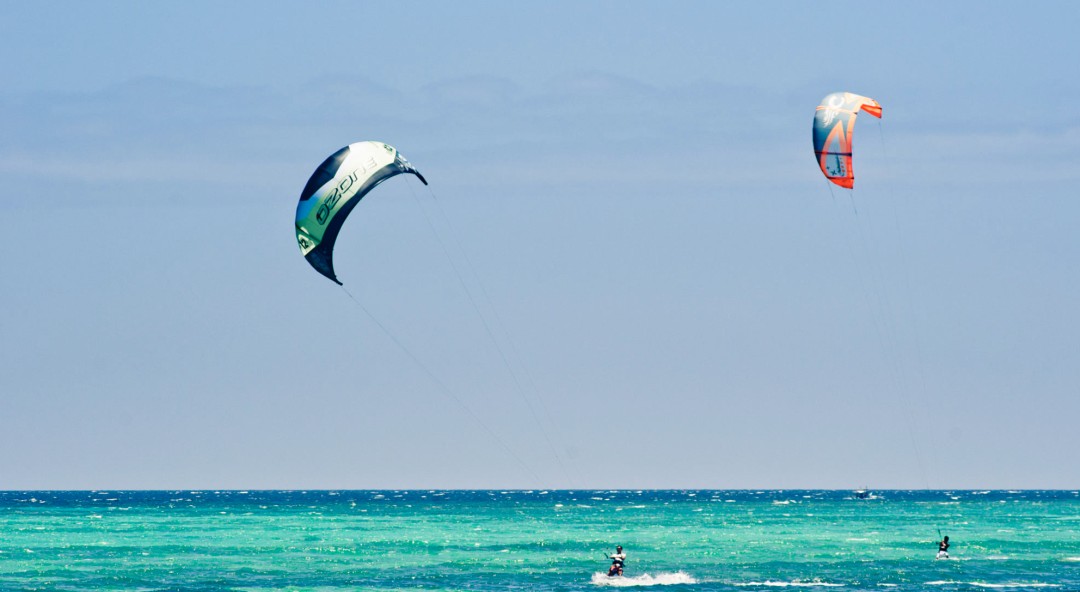
If you’re traveling with children, then the focus should be on kid-friendly activities, including considerations for hotels that provide entertainment and childcare services. If diving is your goal, then you must pay close attention to the quality of the water and the nearby dive spots, and also look into dive prices if necessary.
For those who appreciate culture, some islands, like Bali, not only feature stunning natural beauty but also a rich variety of cultural experiences. If you enjoy sports, some islands are ideal for surfing or other beach activities.
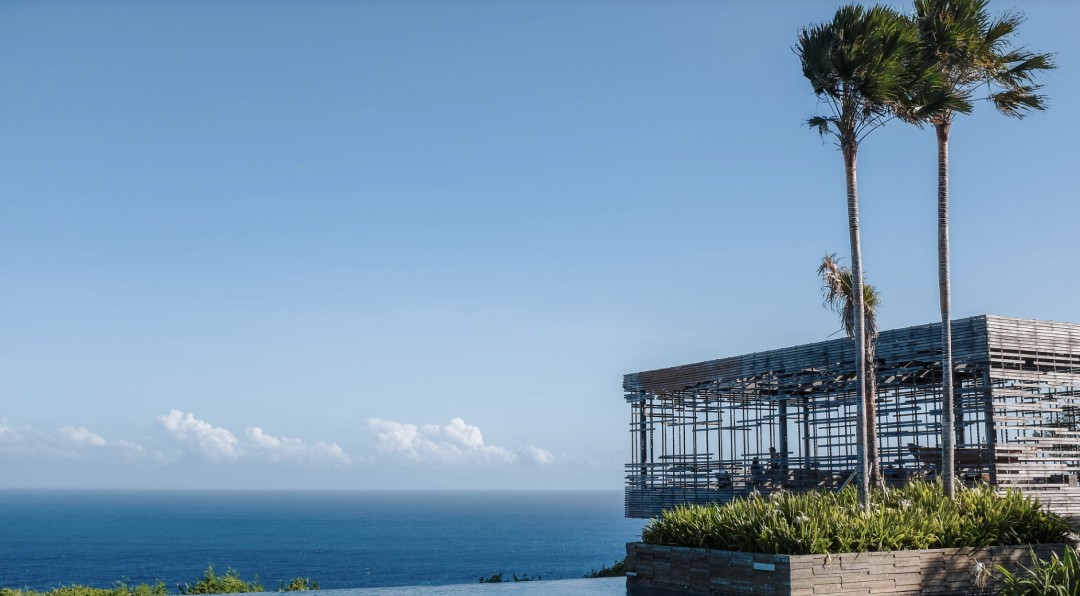
Once your personal needs are clear, choosing an island becomes easier. For a vacation, places like Phuket, Bali, Koh Samui, Langkawi, the Maldives, and Fiji are rich in quality hotels that are perfect for relaxing. Phuket and Bali also have the most direct flights available and are relatively easier to secure cost-effective airfares.
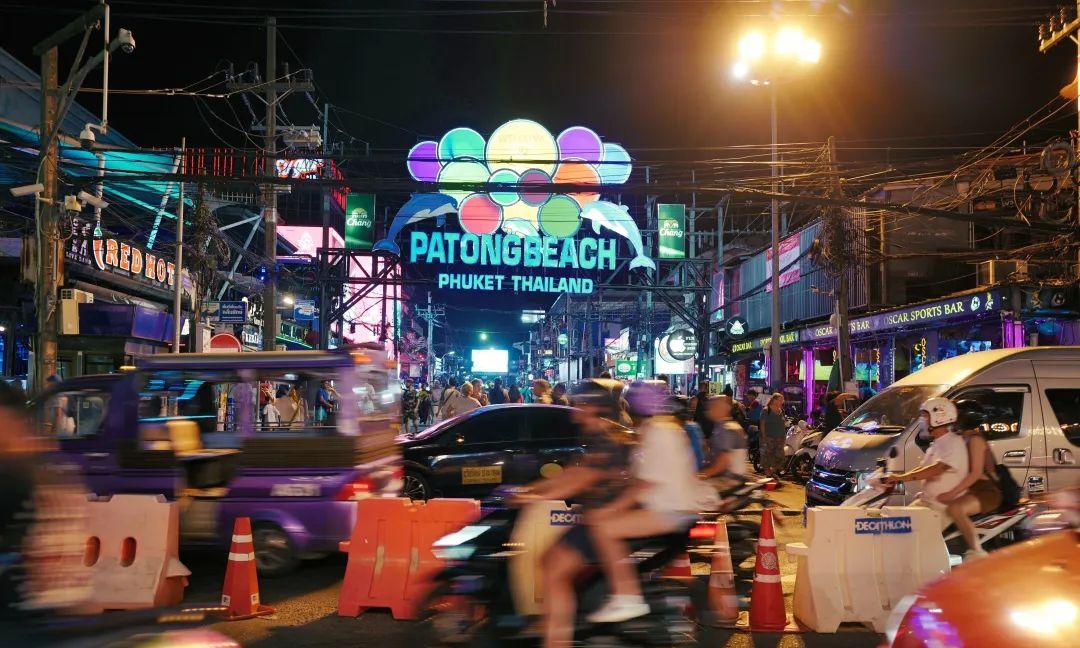
If you seek entertainment, the Thai islands (Phuket, Krabi, Pattaya) have significantly more activities compared to islands in other countries. Phuket offers various island-hopping (Similan Islands, Phi Phi, Maya Bay…), as well as numerous water sports on public beaches. When it comes to nightlife, none of the other Southeast Asian islands can compare to Patong Beach, which is filled with bars, nightclubs, and live music.

Bali also has a rich array of activities; it is large enough to include everything from ocean excursions to inland adventures featuring volcanoes, rice terraces, and temples. The diversity of fun activities is much greater in Bali.

For family trips, I recommend Phu Quoc Island in Vietnam. It has a fairytale castle reminiscent of Disneyland, allowing you to observe wildlife up close and features spacious aquariums without the crowds.

Alternatively, consider islands with resorts like Club Med, Robinson, and Sunwing, such as Phuket, Bali, Bintan Island, and Chendering Bay, which provide childcare services, making for a stress-free vacation for both you and your kids.
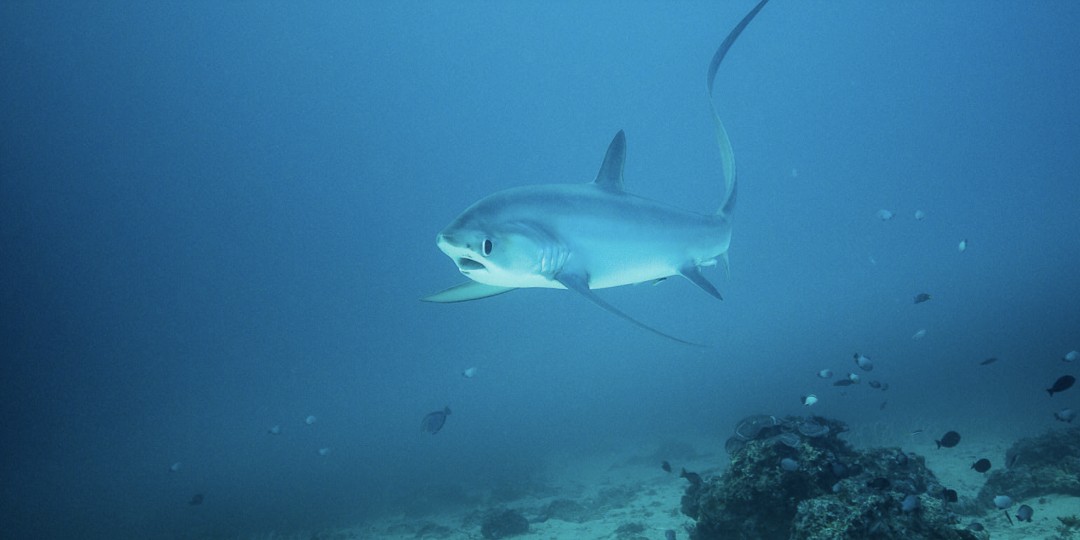
If diving is your passion, the best dive sites in Southeast Asia are mainly in the Philippines and Indonesia. However, this doesn’t mean divers should rush directly to those destinations. Beginners should gradually build their skills; some dive sites are stunning but require certification to dive (for instance, to encounter whale sharks at Siquijor in the Philippines, a minimum of an open-water certification is needed).
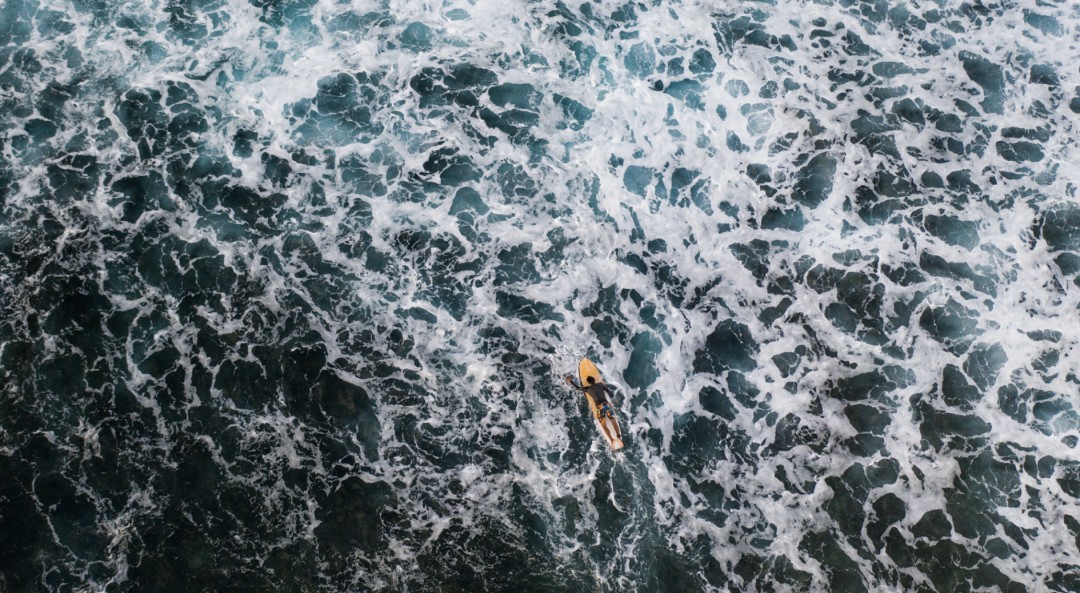
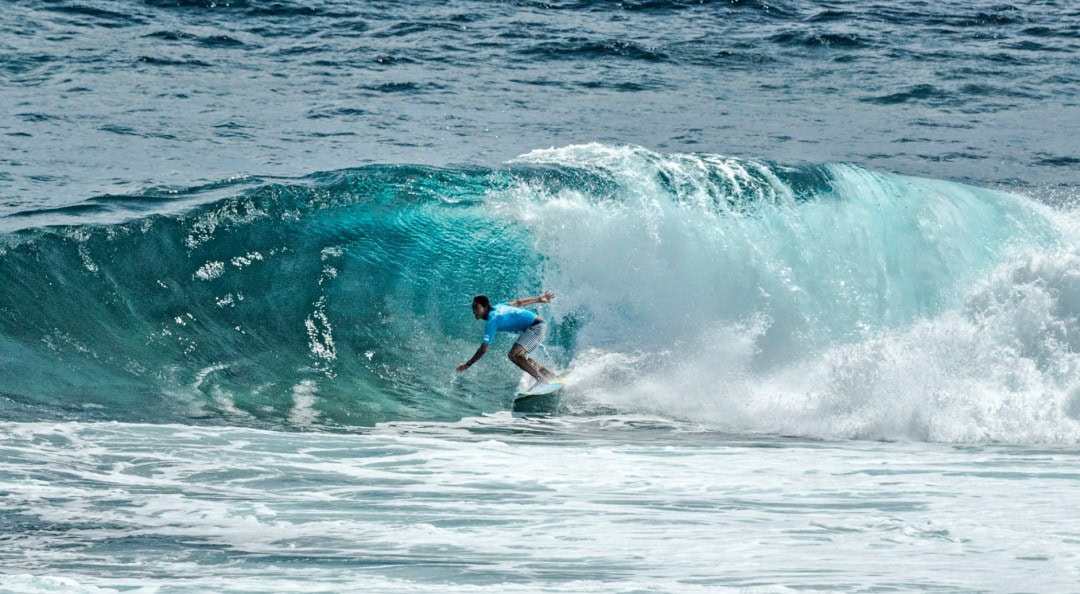
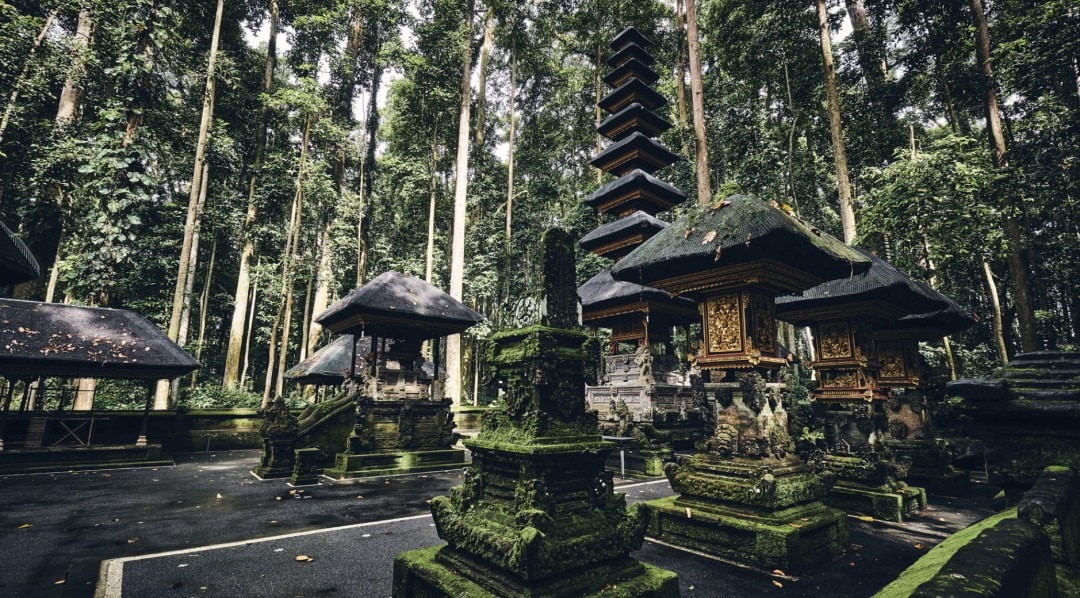
Thailand’s Koh Tao, Malaysia’s Kota Kinabalu, and Vietnam’s Nha Trang offer excellent cost-performance ratios for diving education, which are suitable for beginners.
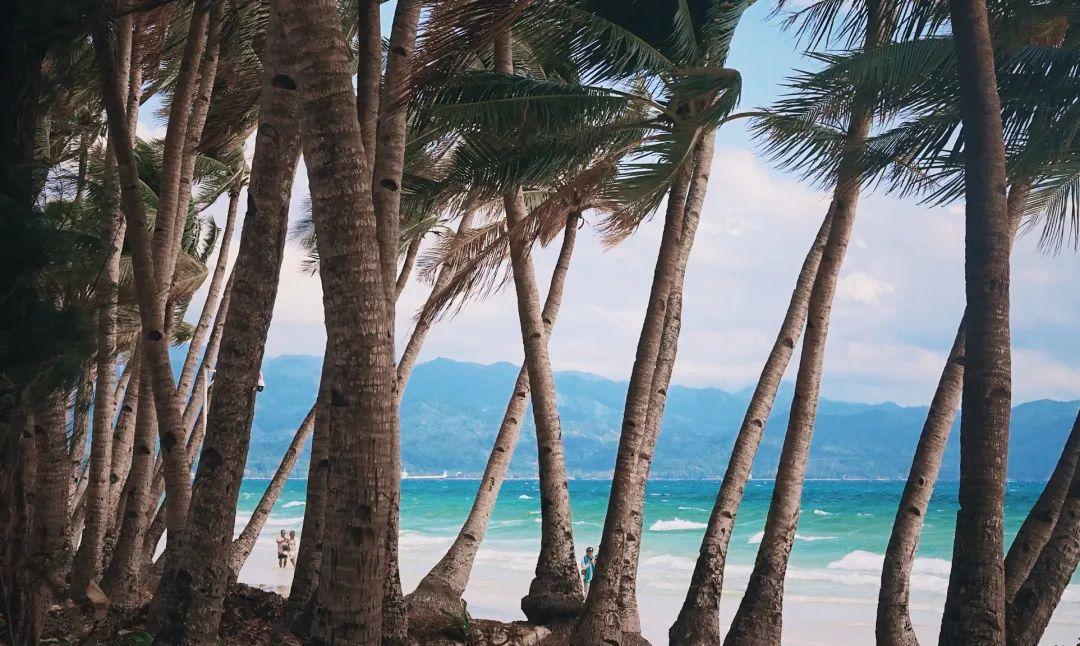
For surfing enthusiasts, destinations like Mui Ne in Vietnam, Balangan Beach in Bali, and Boracay in the Philippines are great for surfing. If you don’t mind the travel hassle, Siargao in the Philippines is Asia’s premier surfing destination.
Those who appreciate cultural experiences should definitely choose Bali. 99% of islands lack cultural offerings, but Bali features Ubud, which is rich in culture.
Furthermore, when it comes to water quality, the best in Southeast Asia is in the Philippines, while the finest beaches are on Boracay Island, as I stated.
Even in the Maldives, the choice of island can differ significantly based on personal demands. If photography is your interest, you should choose a lagoon island for aesthetics, such as Anantara Dhigu and Anantara Veli.
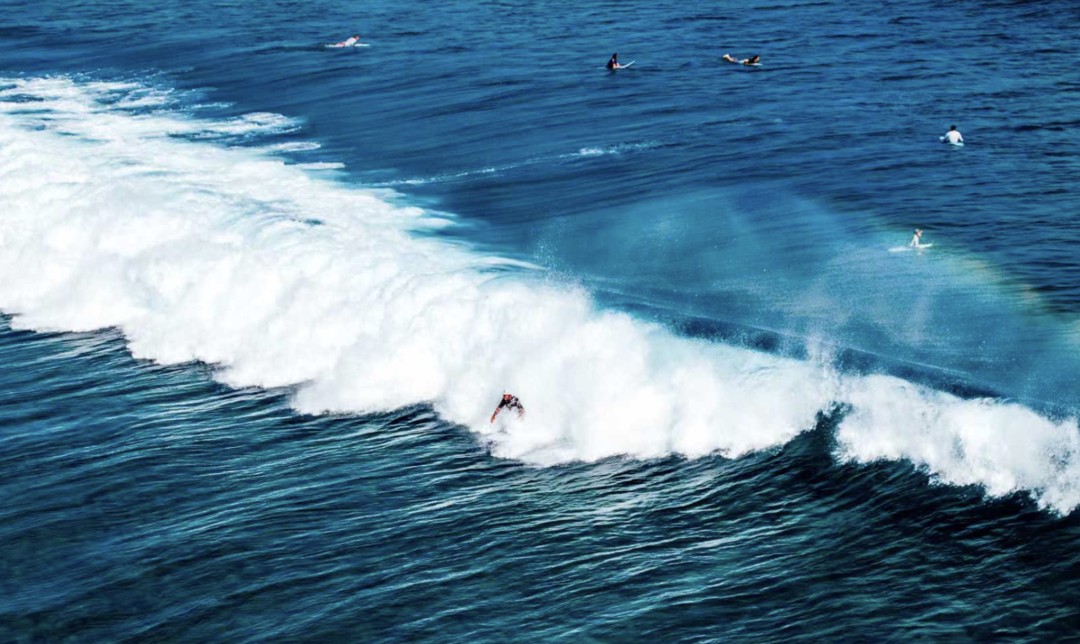
If you prefer snorkeling, select a snorkeling island, such as Park Hyatt Hadahaa. For those who value excellent hotel infrastructure, opt for a new island with a reputable brand, as newer islands often boast superior facilities. However, be cautious with too-new islands, as the opening of resorts can disrupt native vegetation and marine corals.
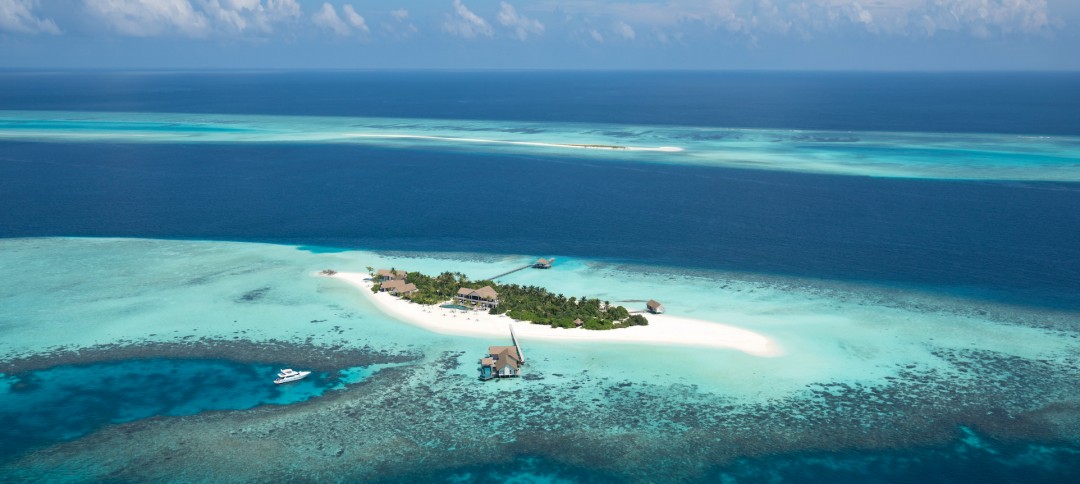
For all-inclusive stress-free vacations, look for islands that offer bundled packages. However, many upscale resorts in the Maldives are not fully inclusive, with some not offering even three meals. Nonetheless, Chinese tourists tend to prefer all-inclusive packages for convenience and peace of mind.
Presently, we have a photography and editorial team on-site at several islands from the Adaaran Group in the Maldives. All-inclusive packages are indeed a relief for our content creators.
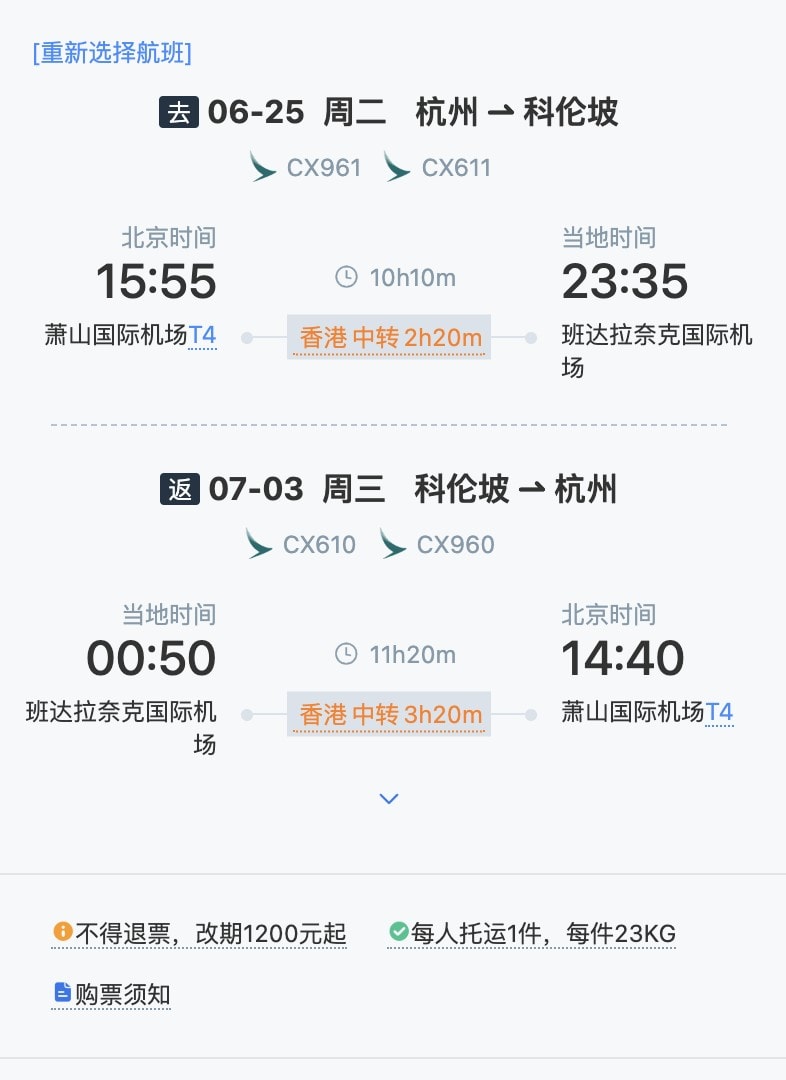
2) Travel Budget
Honestly, post-pandemic travel prices have increased significantly compared to pre-pandemic times, mainly due to rising labor costs, higher fuel prices, and inflation in many countries. Take the Maldives as an example; before the pandemic, one could easily bundle flights and hotels for just over 10,000 CNY. Now, direct round-trip flights to the Maldives rarely go for less than 5,000 CNY.
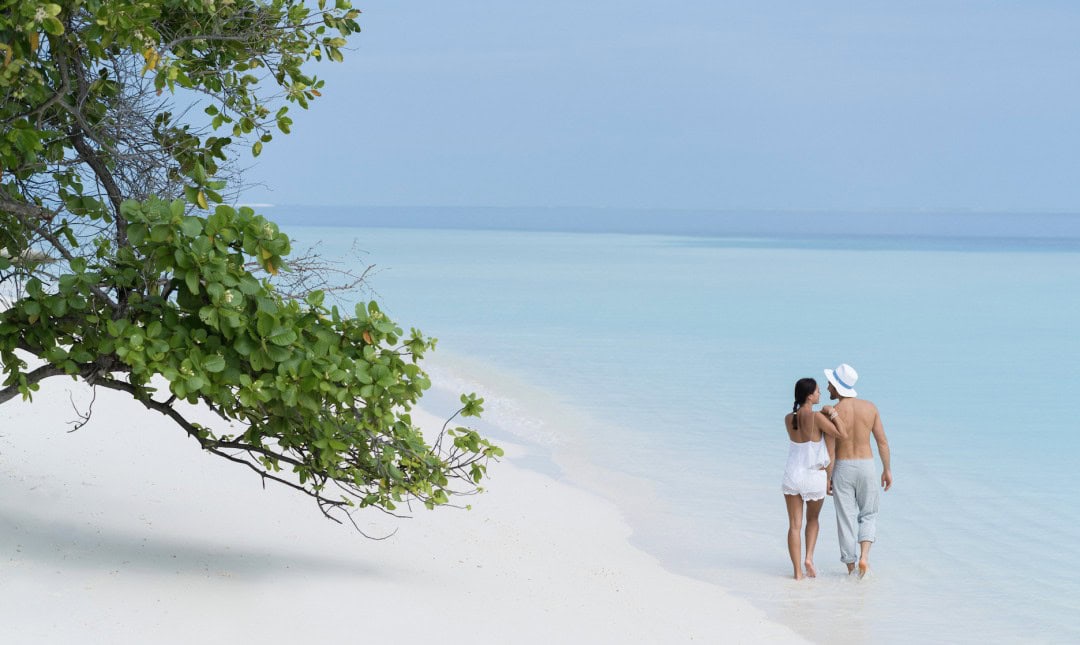
A bulk of travel expenses comes from airfare and accommodations. Hotels around Southeast Asia are slowly starting to accept non-refundable reservations with vouchers, while popular destinations are trending with early bird prices. Most airfare still follows early bird pricing strategies.
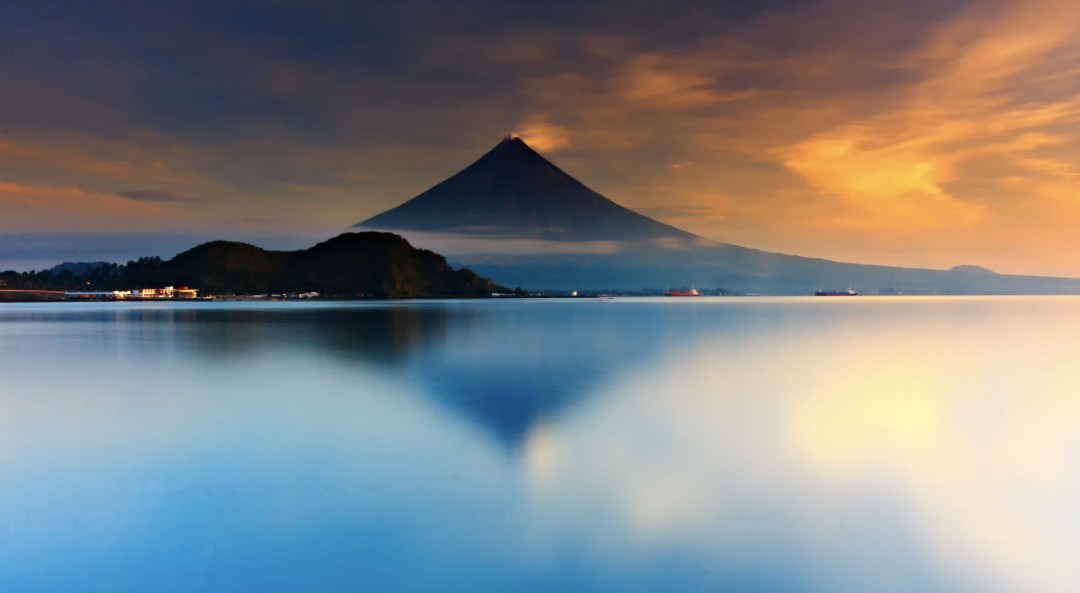
Fortunately, with the increasing number of flight routes, ticket prices are gradually coming down. For instance, Sri Lanka has seen significant price drops since Cathay Pacific entered the market with direct flights from Hong Kong to Colombo.
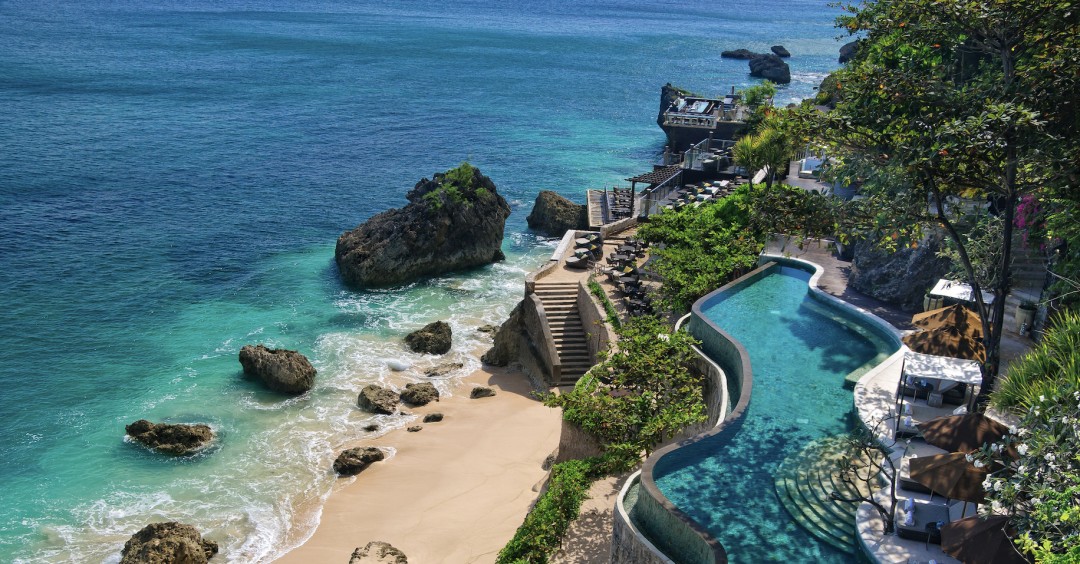
For travelers departing from the Yangtze River Delta, the best value islands are Jeju, Boracay, Nha Trang, and Kota Kinabalu. For those coming from the Pearl River Delta, the highest value islands include Boracay, Kota Kinabalu, Phu Quoc, Nha Trang, Phuket, and Bali. This is mainly because the Pearl River Delta is closer to most of the islands, and competition among airlines is fierce, resulting in lower taxes for flights from Hong Kong.
For travelers from the Beijing-Tianjin-Hebei area, the best value island currently seems to be Jeju.
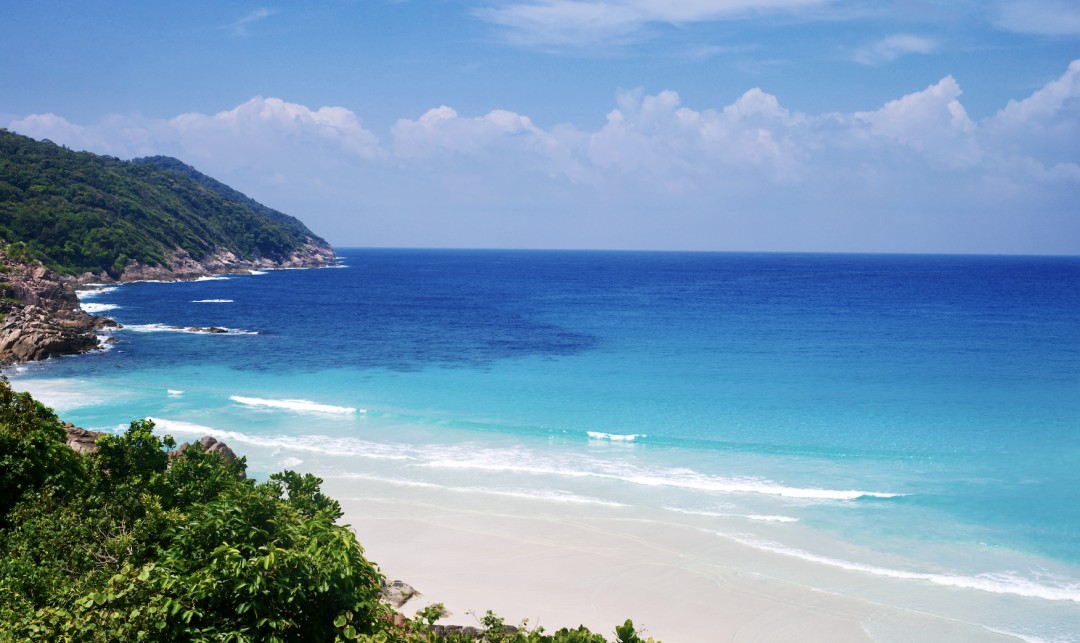
Booking your trip at least six months (or even a year) in advance typically provides better value. This is due to airlines promoting early bird tickets, with low-cost carriers like AirAsia and Cebu Pacific offering substantial promotions where you can find cheap tickets. However, the downside is many of these tickets require booking at least six months ahead and often come with extremely unfriendly refund policies and baggage allowances.
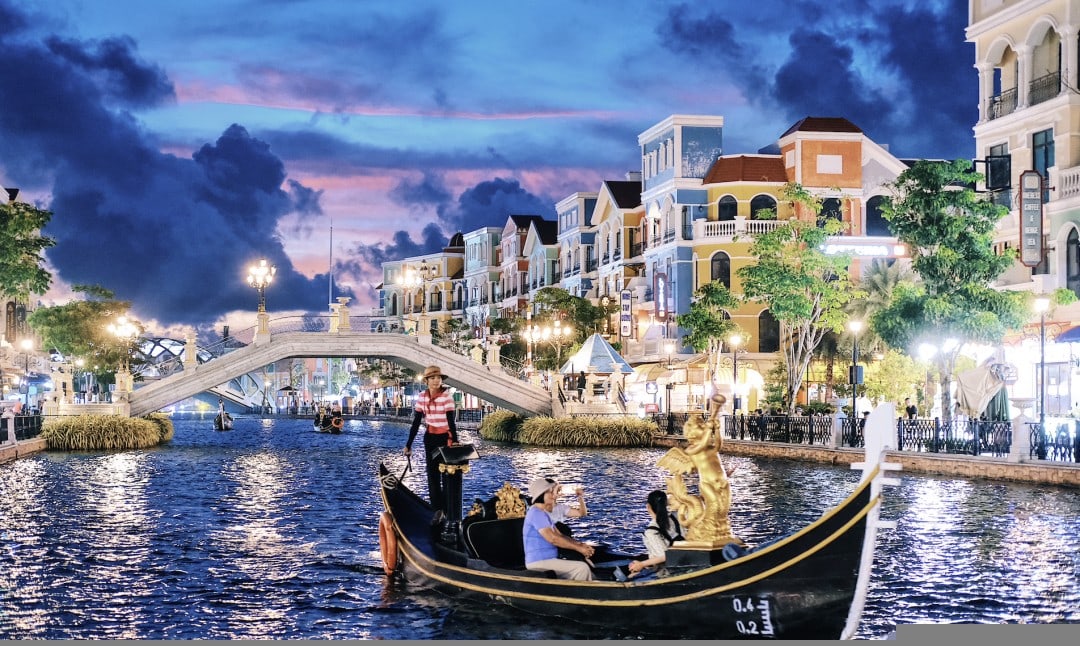
It’s also worthwhile to pay attention to newly opened routes. Previously, when we promoted the Shanghai-Bali travel package that included two nights at AYANA for 3999 CNY, it was because Juneyao Airlines had launched a new route from Shanghai to Bali.
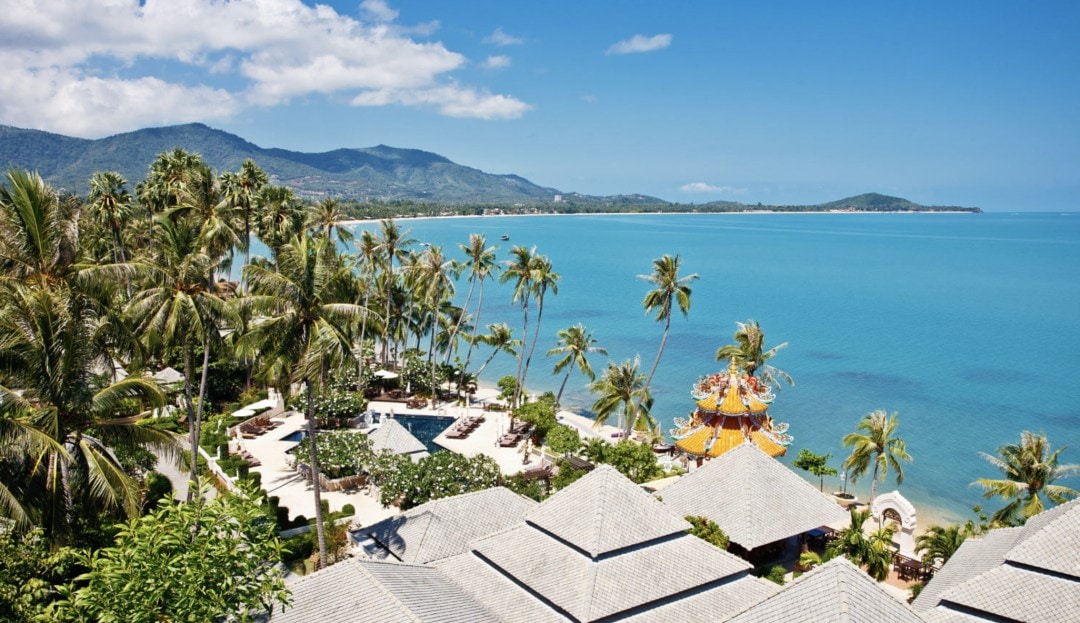
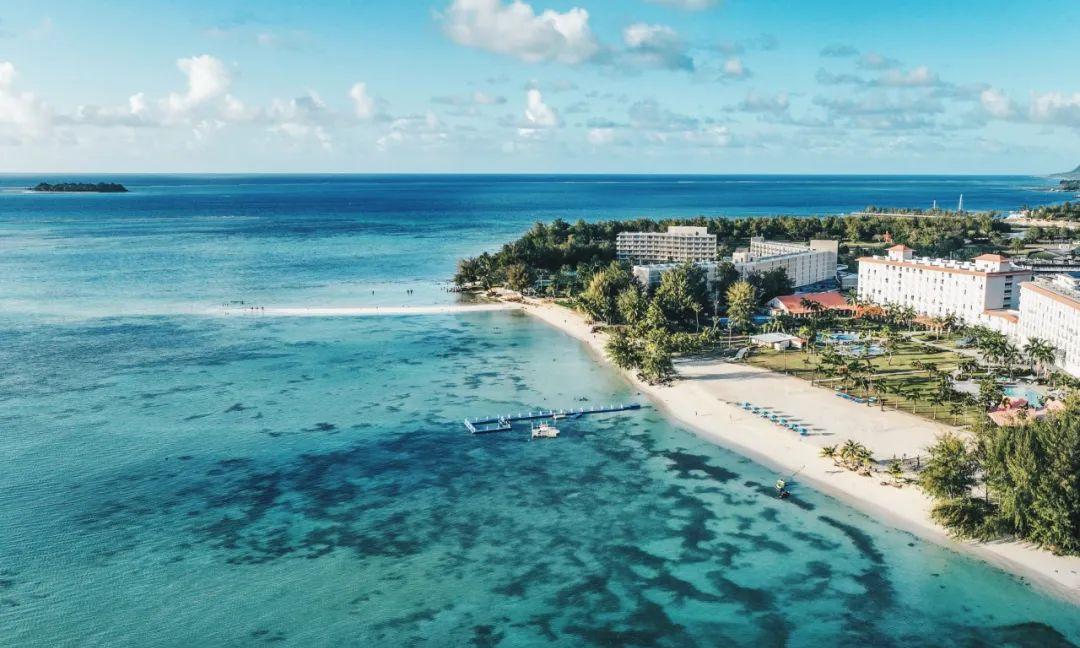
Hotel prices tend to be best during the initial push of promotions or when transitioning between peak and off-peak seasons. Recently, we shared excellent rates for the wonderful Bali Island, primarily because the island is closed from November to March every year due to high seas. This time happened to coincide with their initial reopening promotion, resulting in particularly attractive prices.
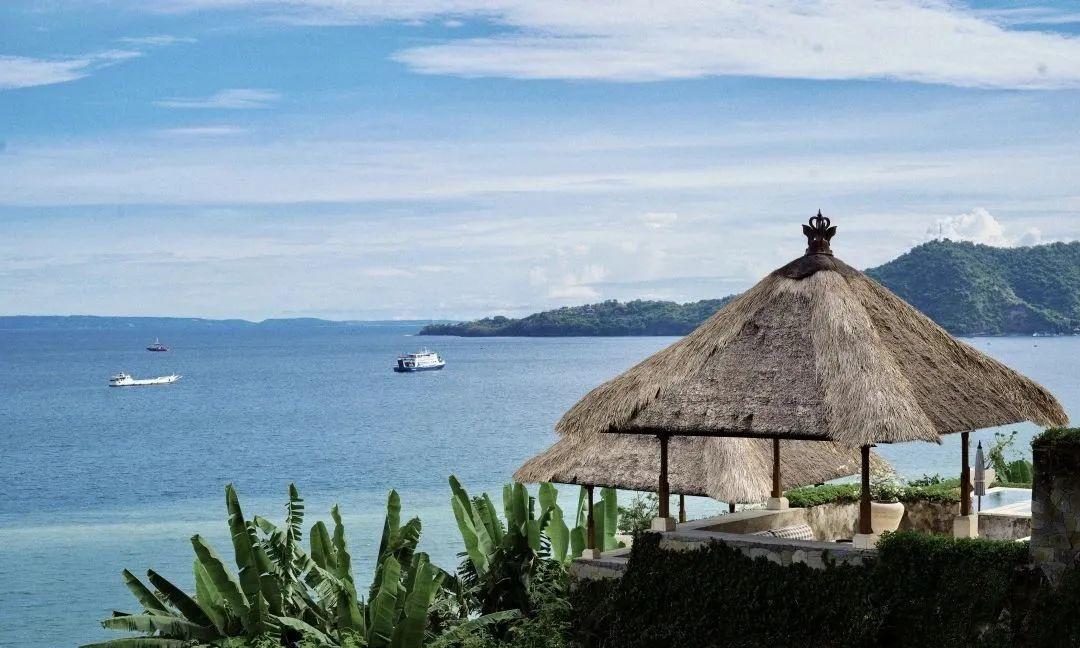
There will likely be future promotions, but they may not be as favorable.
3) Transportation Factors, Travel Time
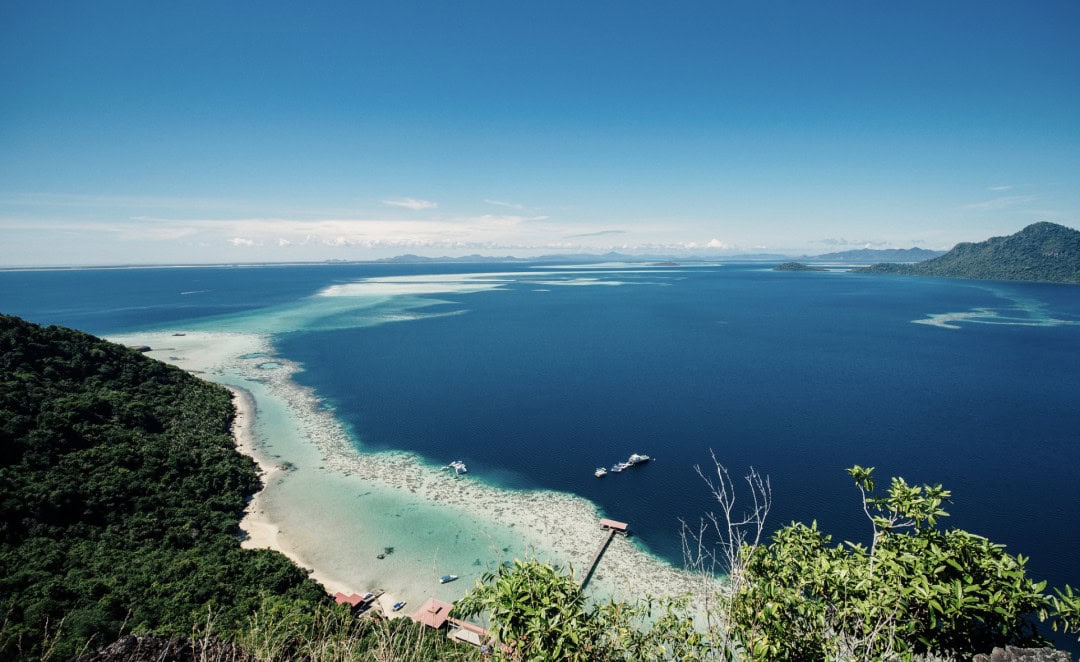
When choosing an island, whether to book direct flights or connections and the timing of flights are essential considerations. I’ve always thought that Phu Quoc is a pity; if only there were more direct flights and reasonable ticket prices with better flight schedules, it would undoubtedly become a hotspot.
Koh Samui is similarly constrained by its flight situation (the airport is run by Bangkok Airways, which monopolizes routes and drives ticket prices up). If that weren’t the case, I would definitely prefer Koh Samui over Phuket.
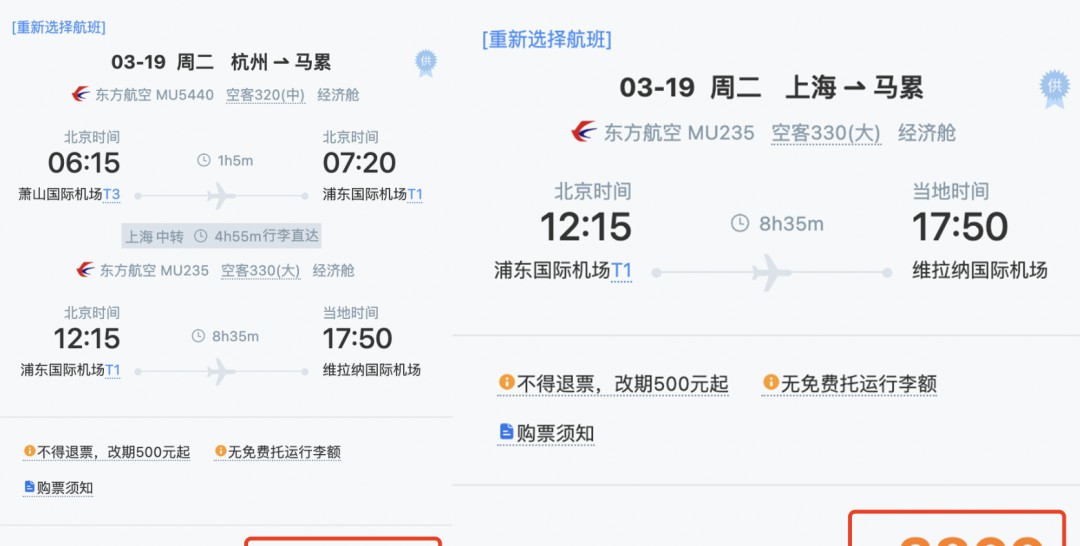
Saipan has the same situation—only Hong Kong has direct flights, and the flight schedules are unhelpful. For many cities, even transit through Hong Kong does not facilitate easy connections.
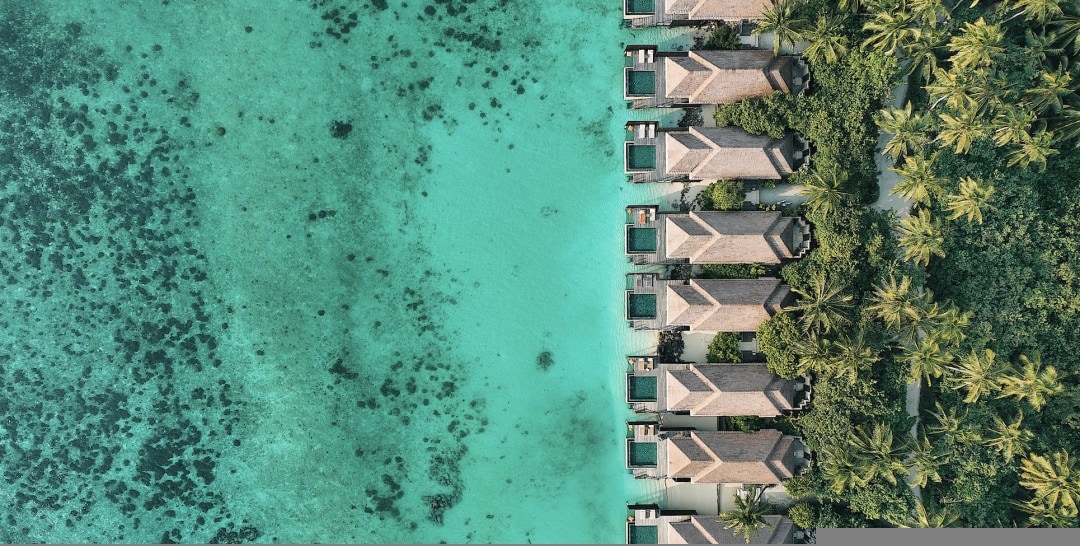
For cities that are not first-tier, the number of islands with direct flights is very limited. For example, there are only a handful of direct outbound islands from Hangzhou: Phuket, Nha Trang, Kota Kinabalu, Bali, and Jeju. It’s quite unfortunate.
I recommend prioritizing destinations with direct flights first. It is very frustrating to have to connect when you can fly directly to a location that is only 3-4 hours away. The biggest problem with connecting flights is the time wasted.
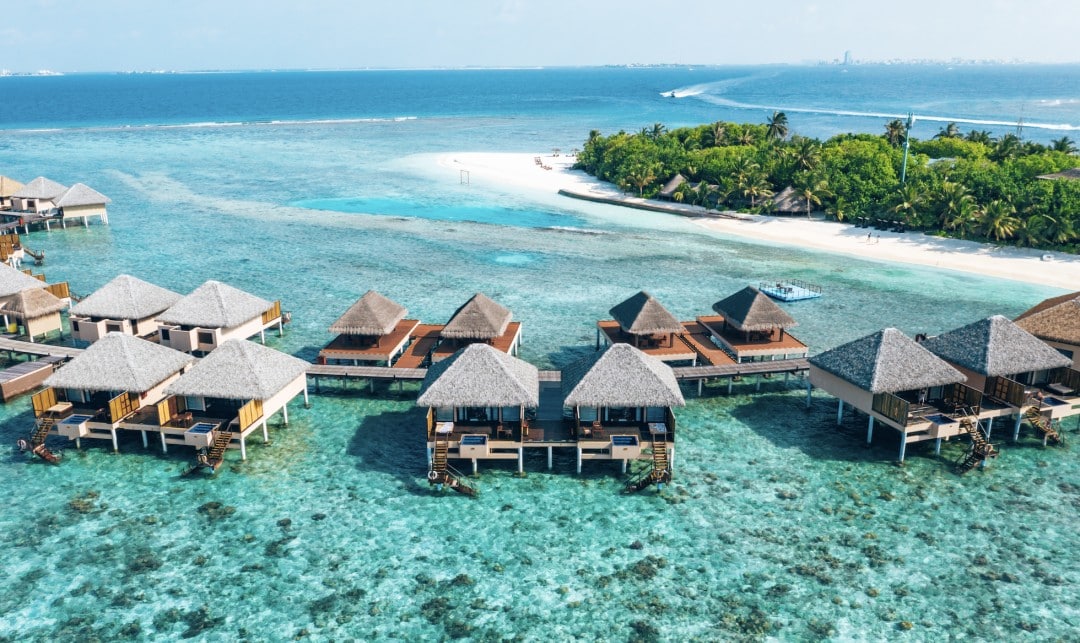
I estimate that the number of available flights will continue to increase. Current outbound flights are far from returning to pre-pandemic levels, and if your desired destination opens direct flights in the future, it may change the game.
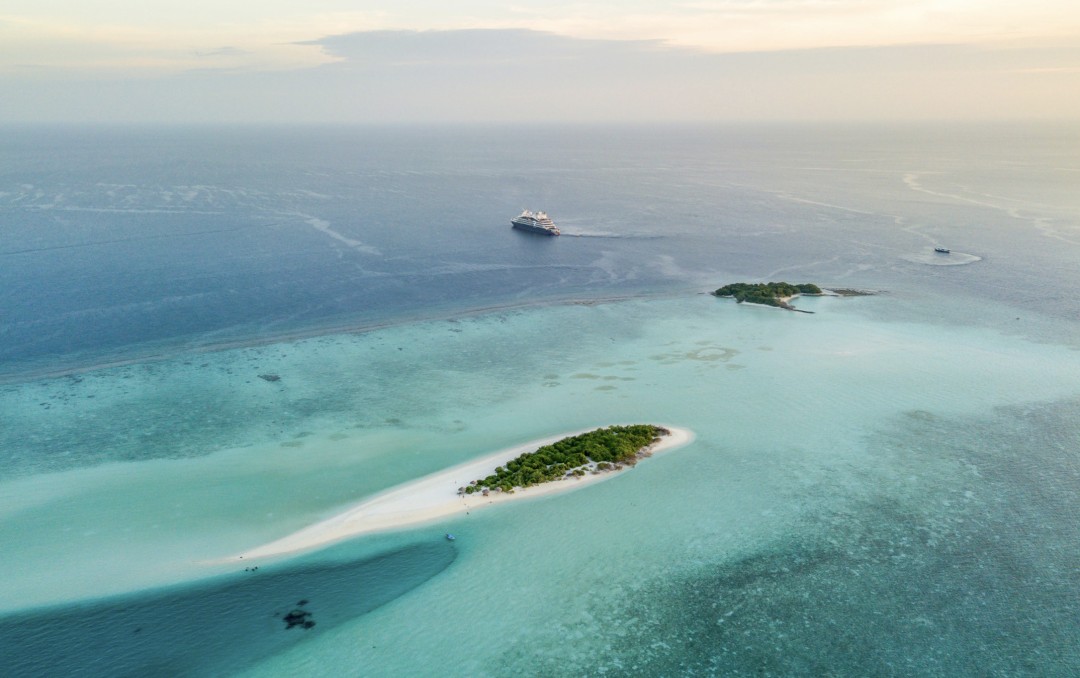
Nanjing is currently quite lucky, as it’s able to fly directly to Boracay and also has direct flights to Tawau (for Sipadan). Just thinking about it is pleasing.
It’s important to be aware of “direct flight traps.” Recently, when we were covering the Maldives, we initially planned to purchase direct flights from Shanghai to Male for convenience, but upon checking prices, we found that a flight from Hangzhou to Shanghai and then to Male was only 60% of the cost, as we were based in Hangzhou.
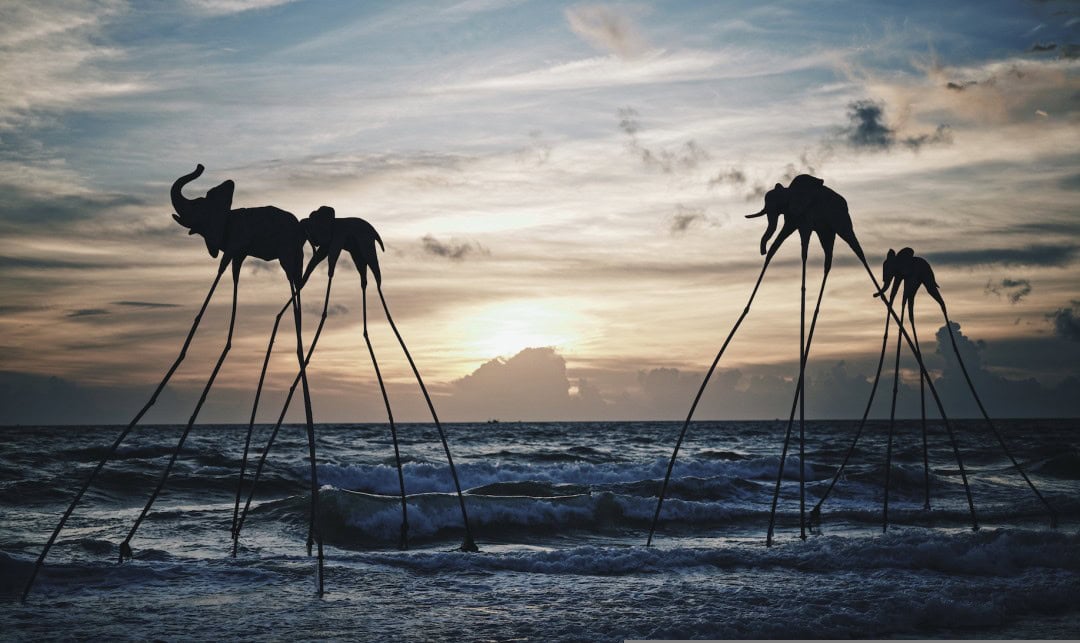
However!!! The flights from Hangzhou to Shanghai have since been dropped due to low occupancy.
Airlines typically lower prices only when there’s competition. Do you know why flights to Sri Lanka have recently become cheaper? Because Thai Airways opened a daily direct flight from Bangkok to Colombo, and Cathay Pacific also started connecting routes, forcing other airlines to lower their prices.
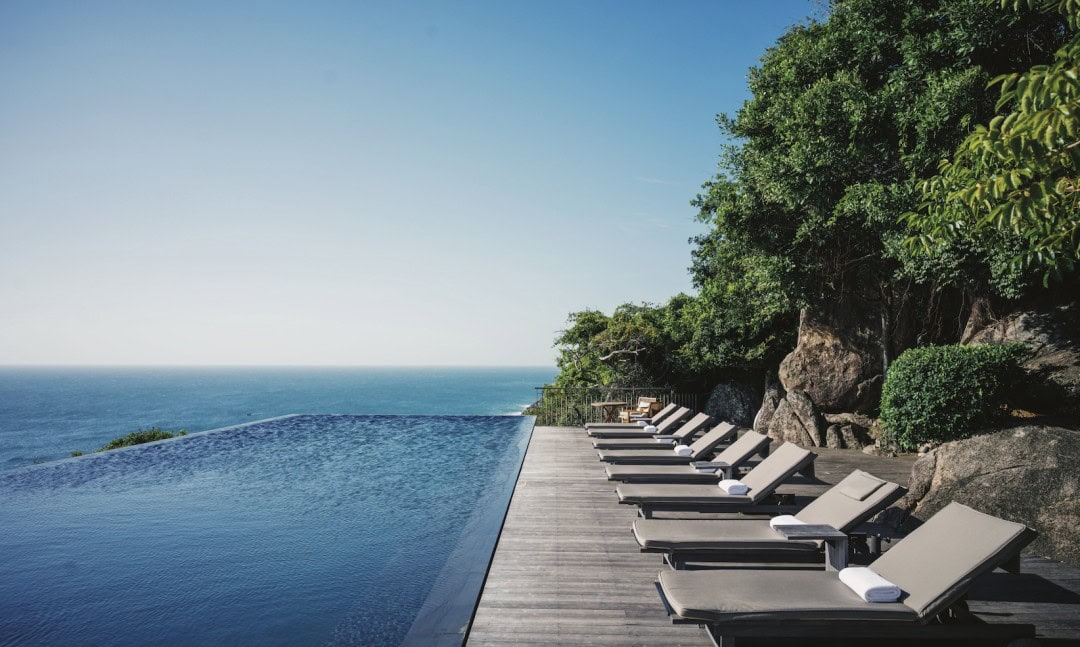
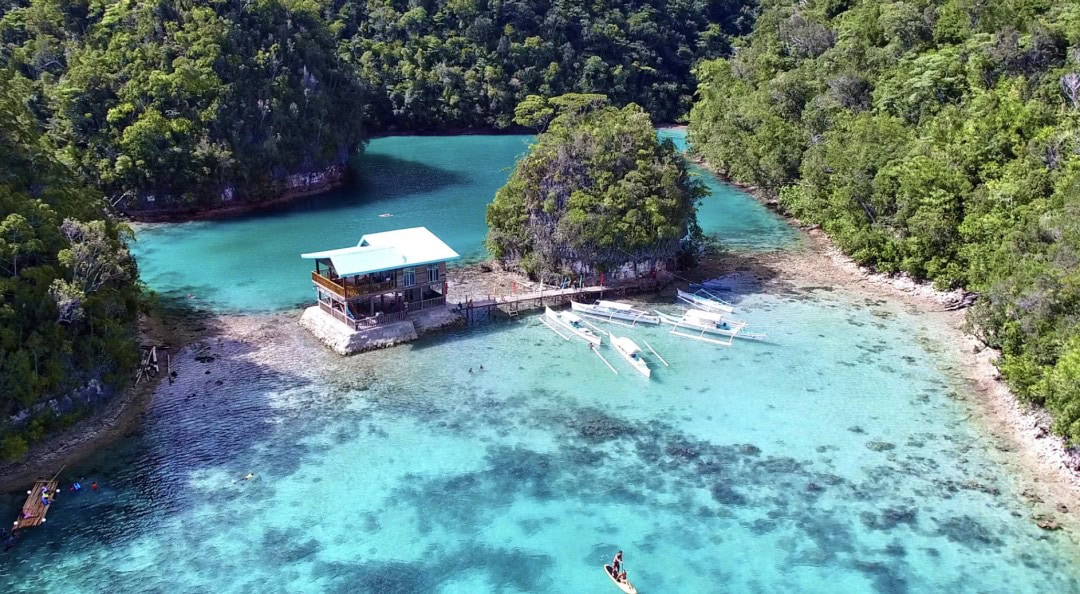
Price drops in the Maldives may still occur, as the current number of flights is still limited.
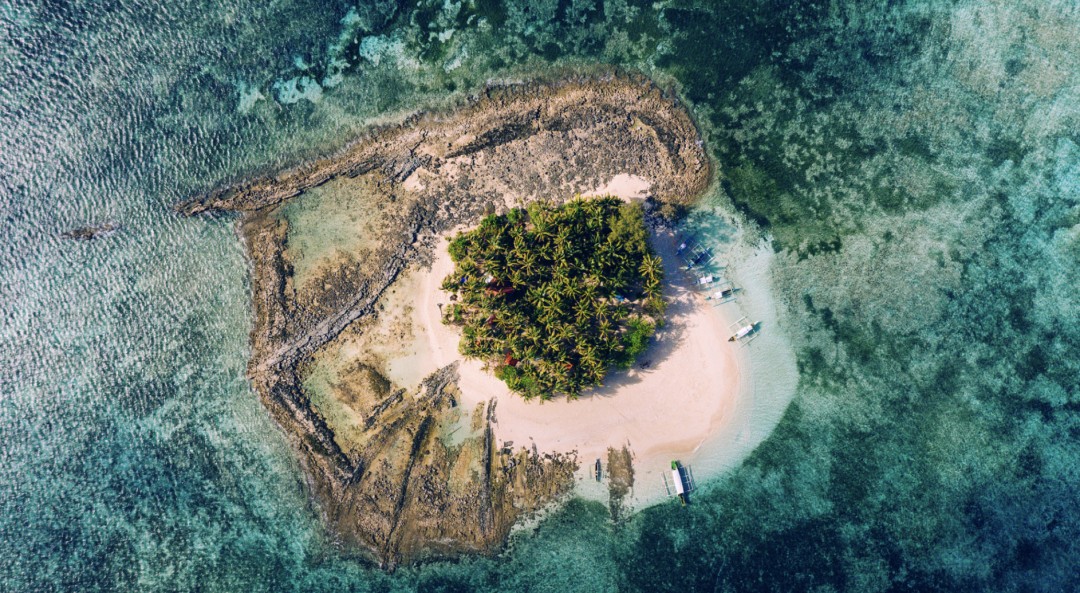
Travel duration is also crucial in deciding which island to choose. If you only have 5 days and 4 nights (which is the typical duration for island travel), or even less, I wouldn’t advise switching destinations. For example, if you only have 4 nights, don’t attempt to visit both Phuket and Krabi; you will end up spending all your time just traveling and won’t fully enjoy your stay.
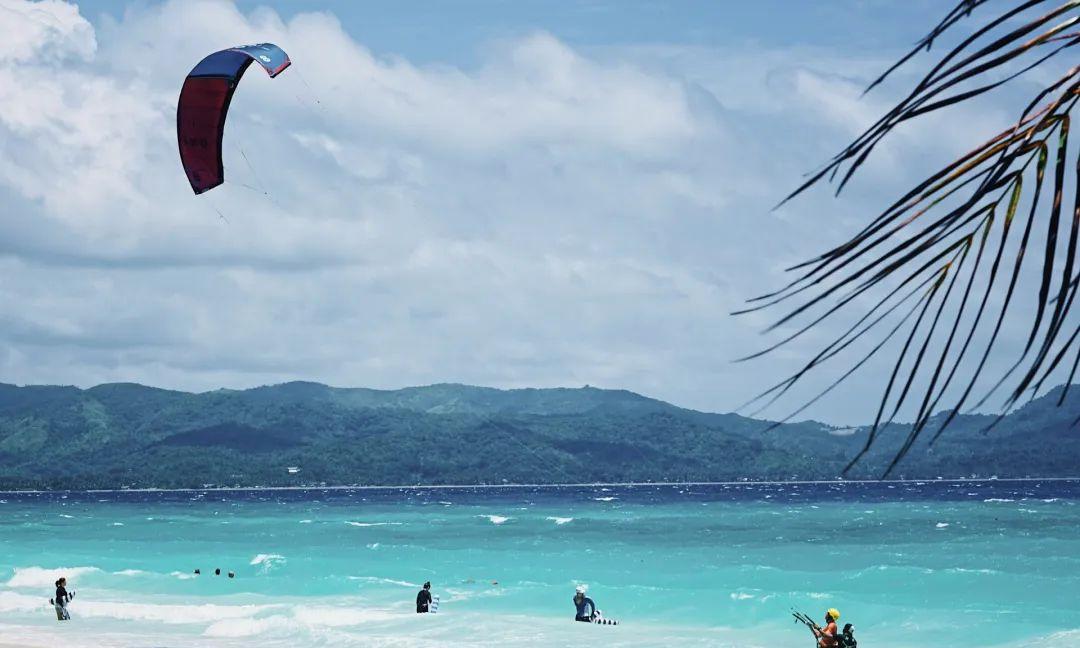
Try not to frequently change hotels on the same island; at most, have a 2+2 arrangement—changing hotels can certainly be a hassle.
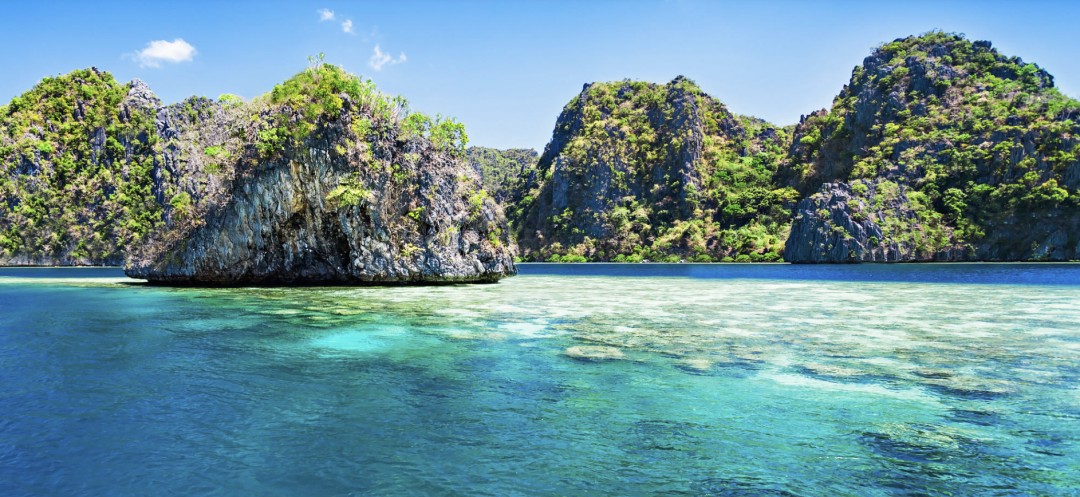
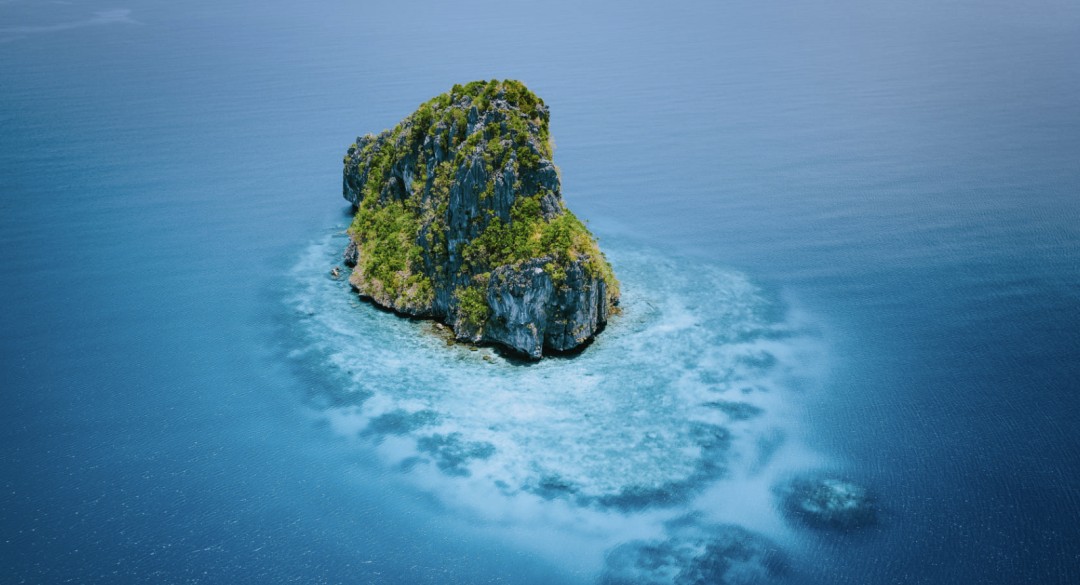
For longer trips, you can arrange visits to multiple islands. I’m planning to return to French Polynesia soon and want to organize an island-hopping journey through the South Pacific—spending about 20 days visiting Fiji, Tonga, Samoa, the Cook Islands, Aitutaki, and Bora Bora in Tahiti.
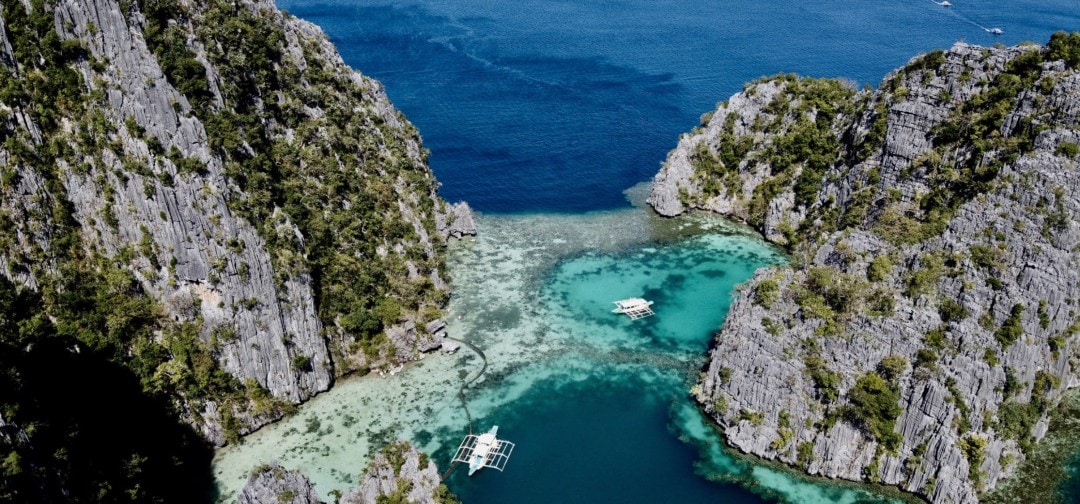
4) Visa Convenience
Currently, frequently visited islands with visa-free access include Thai islands (Phuket, Koh Samui, Krabi, Ko Lanta, etc.), Malaysian islands (Sipadan, Kota Kinabalu, Langkawi, Redang, Tioman, etc.), Jeju, the Maldives, Phu Quoc Island, Saipan, Palau, Fiji, Mauritius, Seychelles, etc.
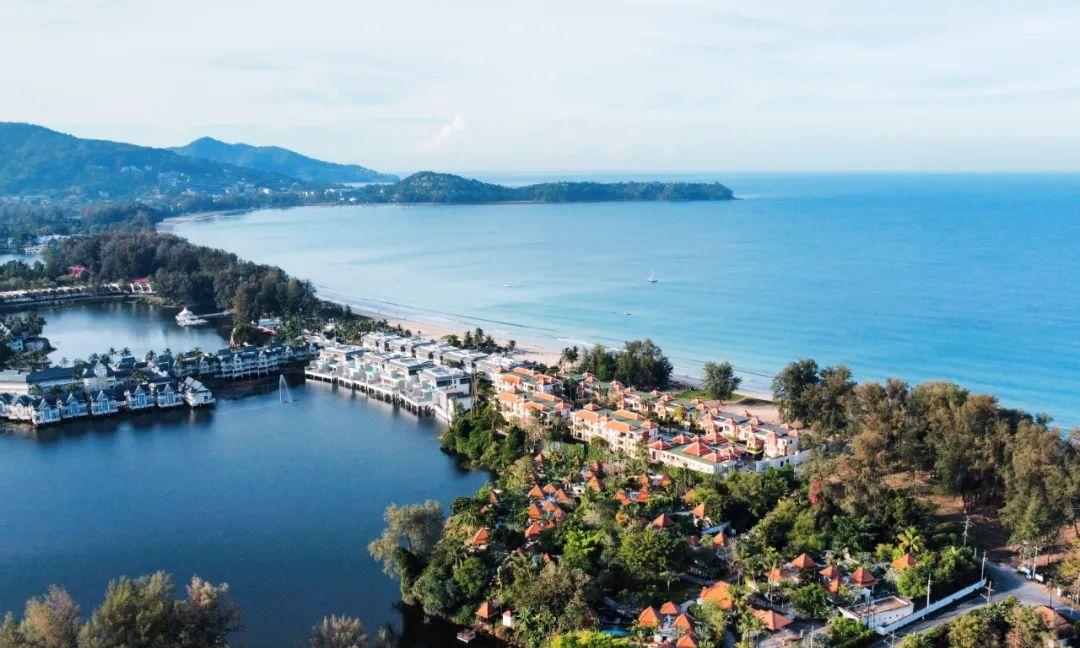
Commonly visited islands that offer visa-on-arrival include Indonesian islands (Bali, Komodo, Lombok, etc.).
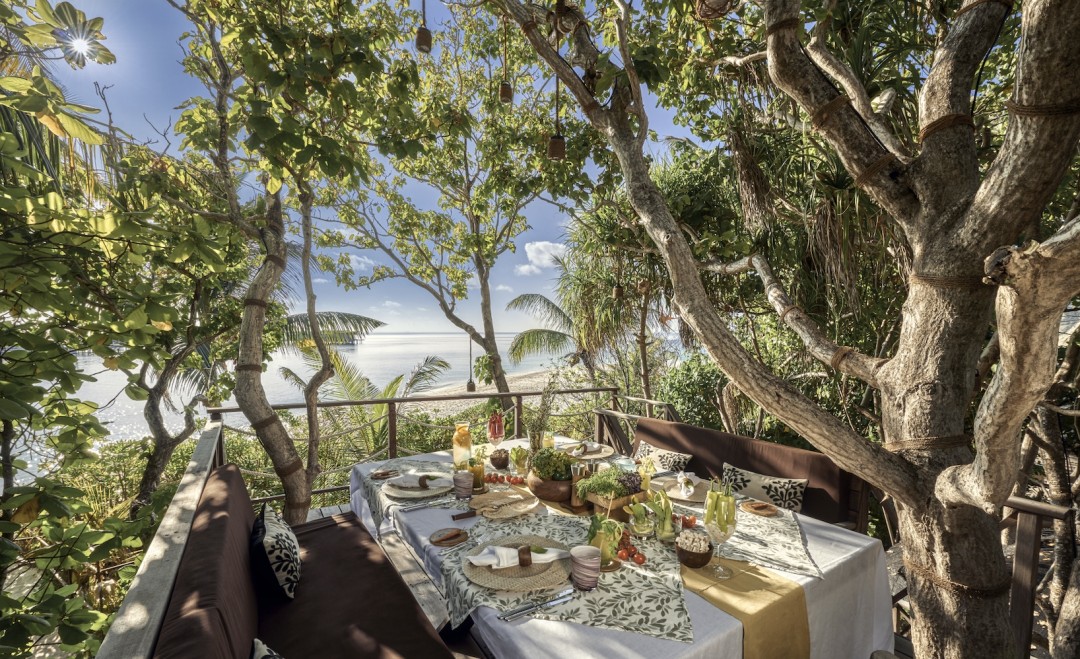
These destinations allow you to simply go as long as you have a passport.
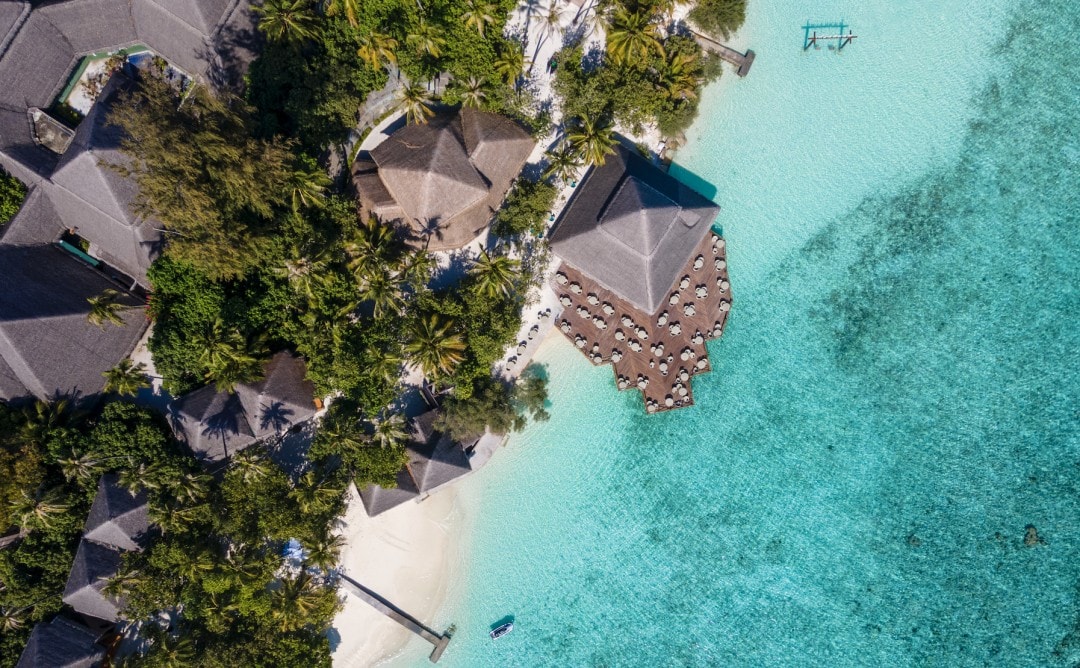
Philippine islands (Boracay, Bohol, Coron, El Nido, etc.) and Vietnamese islands (Nha Trang, Da Nang, etc.) will require visas. Currently, the Philippine visa process includes submission of social security documents, which seems deliberately obstructive.
Regarding Vietnam, there are often issues with minor bribery upon entry, which can be quite frustrating.
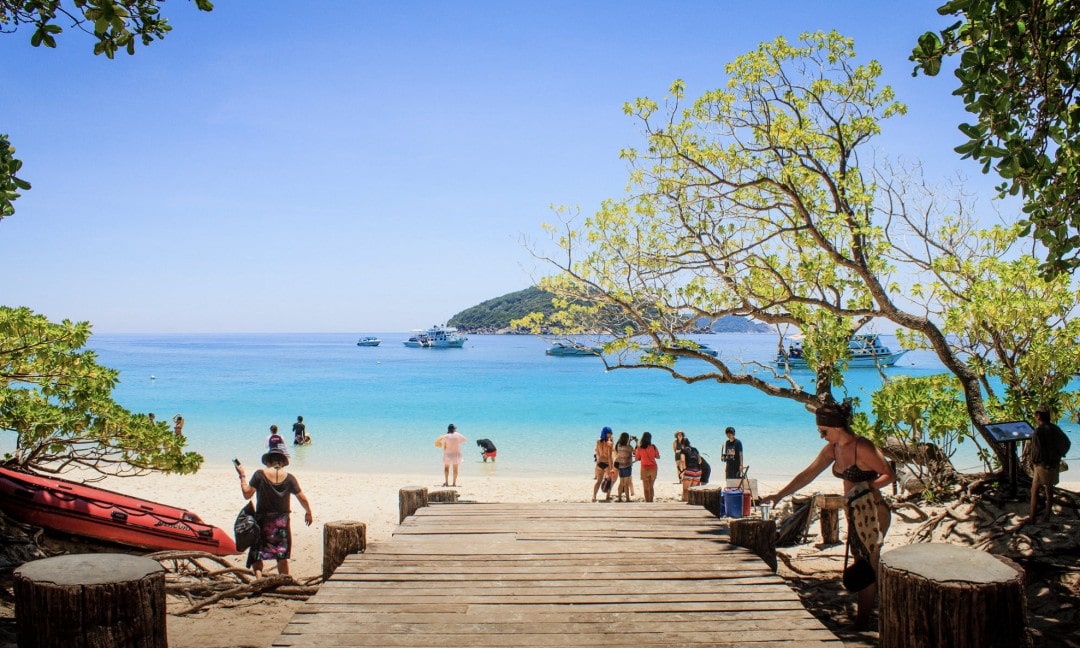
Although the general trend is towards mutual visa exemptions, I personally estimate that the probability of Vietnam and the Philippines granting us visa-free access is low. This may be one reason fewer people are choosing travel to the Philippines and Vietnam at present.
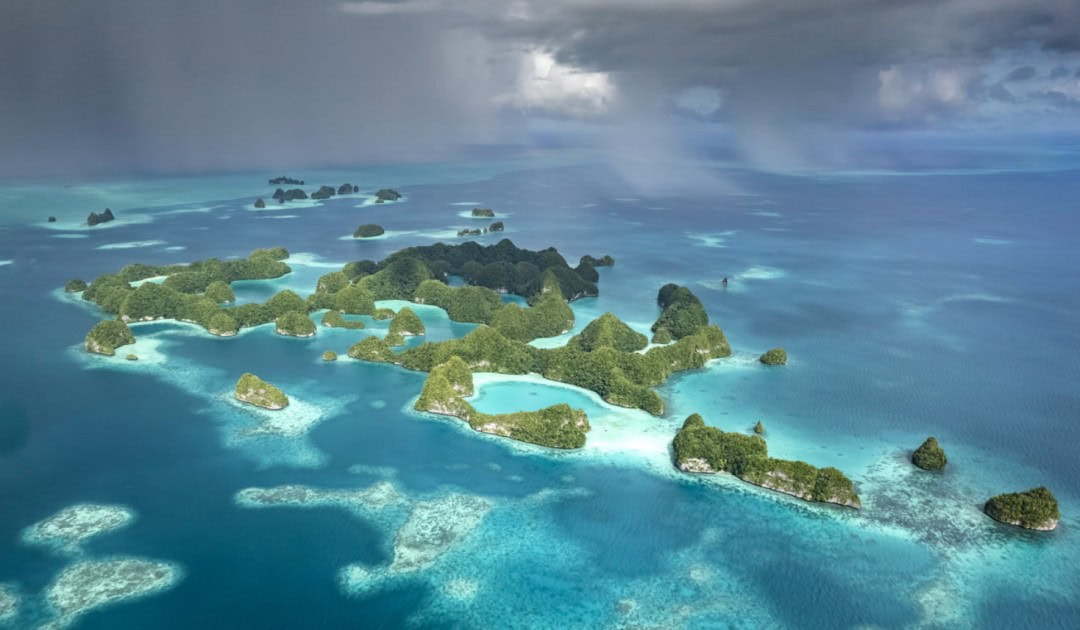
Of course, group visas can simplify travel to Boracay and Nha Trang significantly. Additionally, for the entire Philippines, travelers with valid visas from developed countries can enter without a visa for up to 7 days.
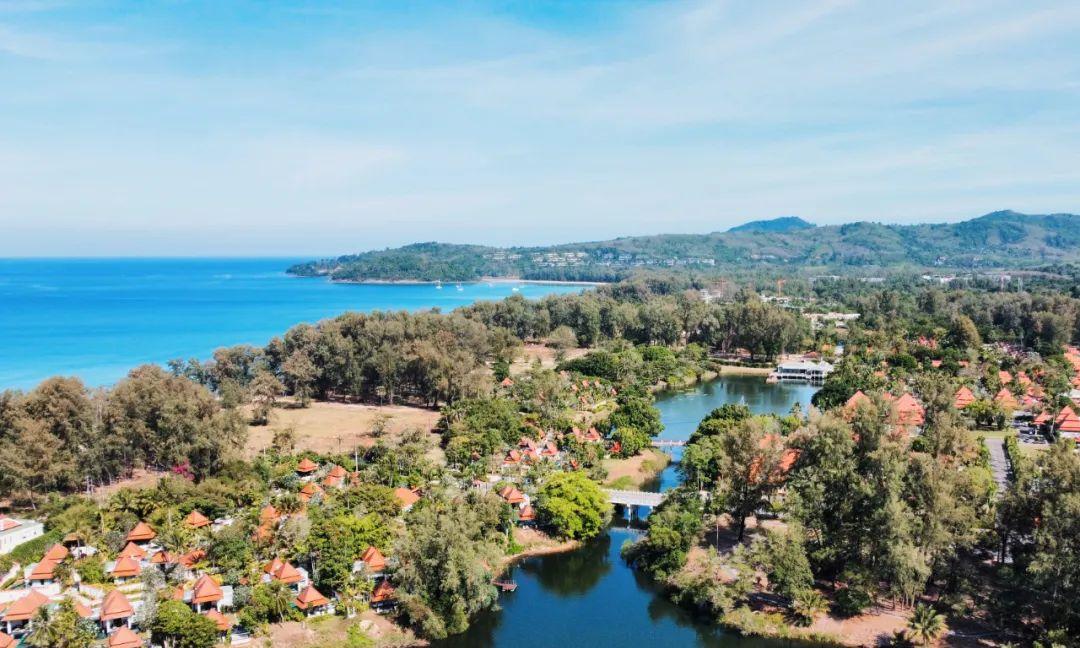
5) Destination Maturity (Infrastructure)
This factor is critically important! The reason why Phuket, Boracay, and Bali are considered the three entry-level islands is that they have frequent flights, abundant activities, and relatively good infrastructure (although Boracay’s infrastructure has lagged behind).
The water quality in the Philippines is outstanding, but the infrastructure is severely lacking. When I previously traveled to El Nido in the Philippines, I had to fly to Manila, then take another flight to Puerto Princesa, and finally endure a 6-hour car journey with no worthwhile attractions along the way. El Nido itself is stunning, but I was much younger then; I certainly wouldn’t consider such a trip now.
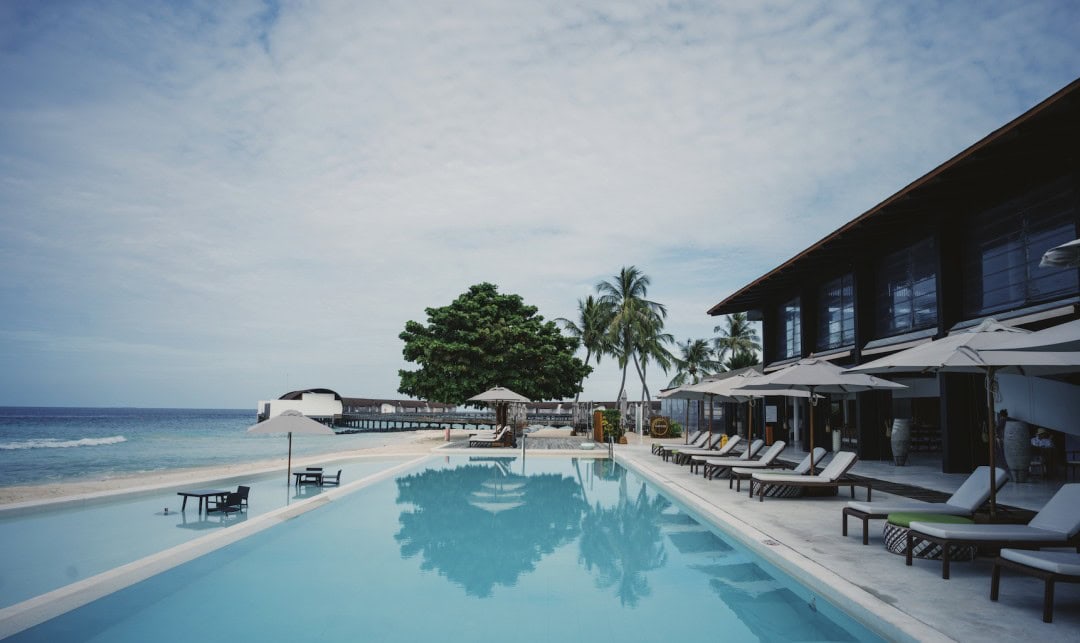
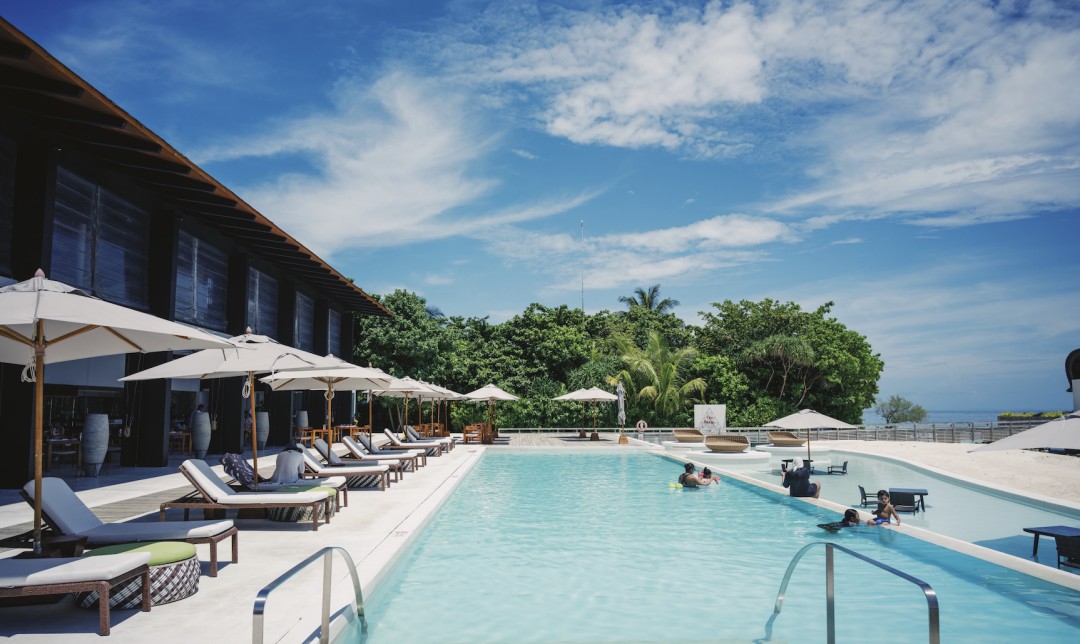
The islands of Malaysia (excluding Sipadan) and Thailand have reasonably good infrastructure. In Indonesia, apart from Bali, most islands are lacking in terms of development. Vietnam is similar; Phu Quoc is relatively better, while most others lag behind.
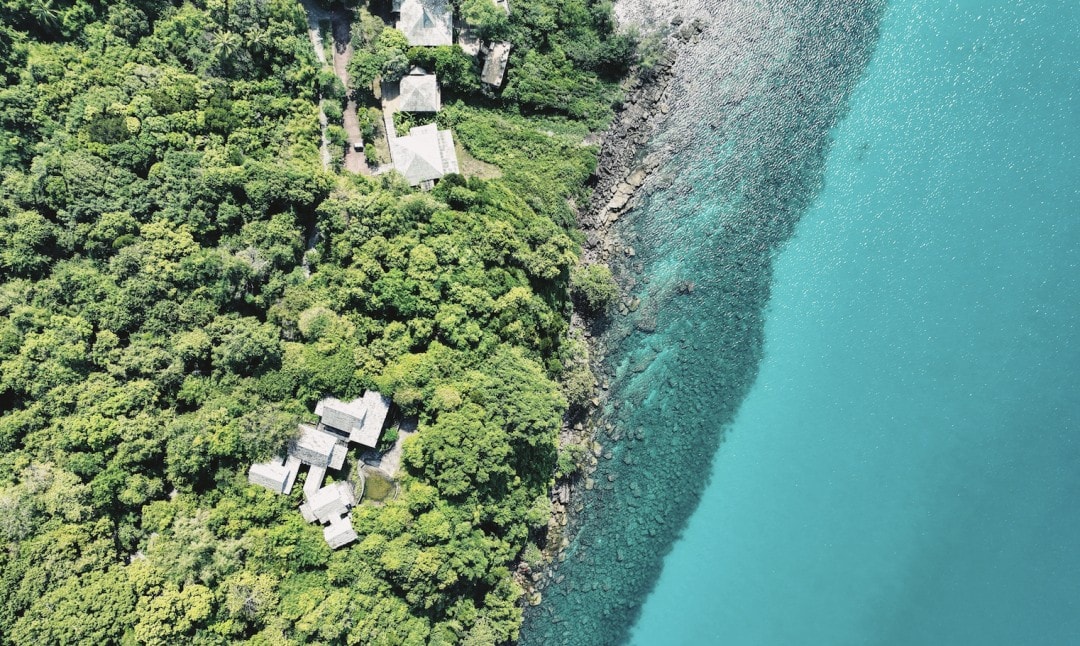
Even within the same destination, different regions may exhibit varying infrastructure levels. For instance, Nusa Dua in Bali has superior infrastructure because it’s a wealthy area and was significantly upgraded during the G20 summit.
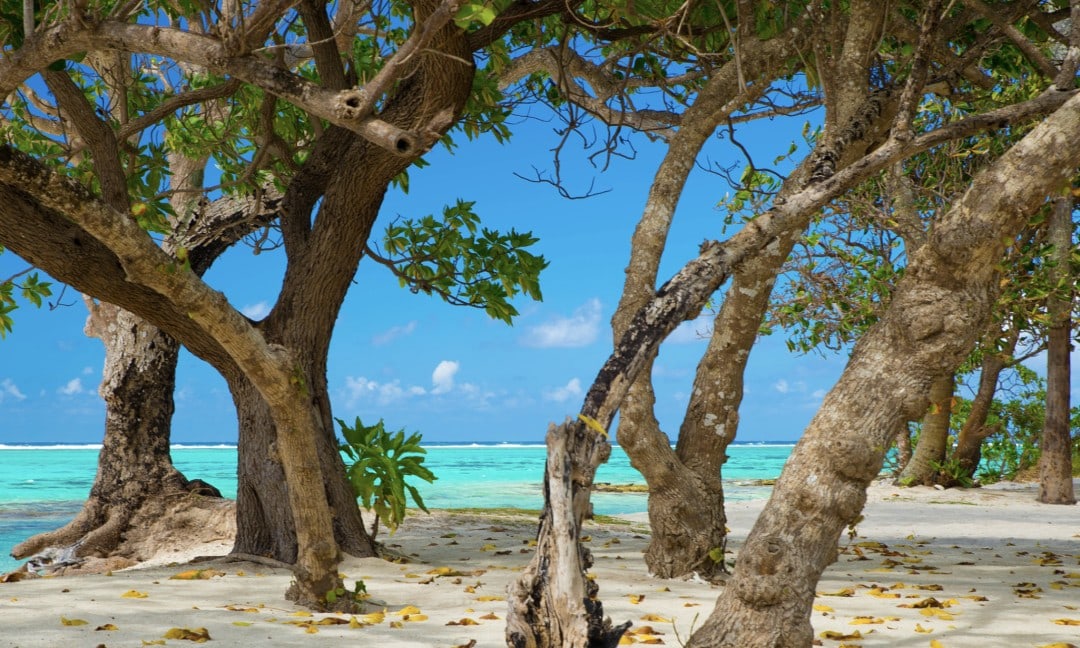
The wealthy areas in Phuket, such as Laguna, also provide complete amenities and facilities.
Regarding local expenses at destinations, the costs across Southeast Asia are largely similar. There aren’t any particularly cheap or unreasonably expensive options. High-end local expenses, like in the Maldives and French Polynesia, can be steep. Dining in a hotel can cost upwards of 100-200 USD per person, which is why all-inclusive packages are often recommended.
Although many premium islands in the Maldives do not offer fully-inclusive options and some do not even include three meals, Chinese travelers often prefer all-inclusive offers for convenience and peace of mind.
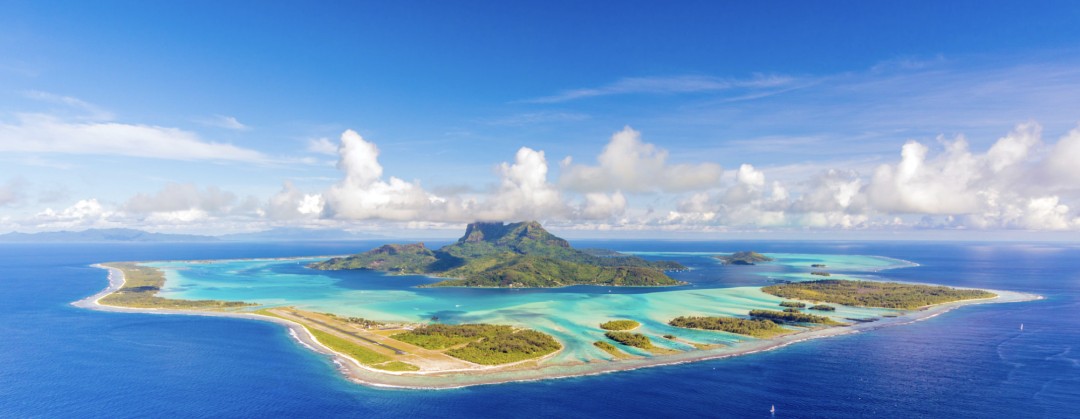
Currently, several photographers and editors from our team have been working at four islands in the Adaaran Resorts group in the Maldives. All-inclusive offerings provide a hassle-free experience for us.
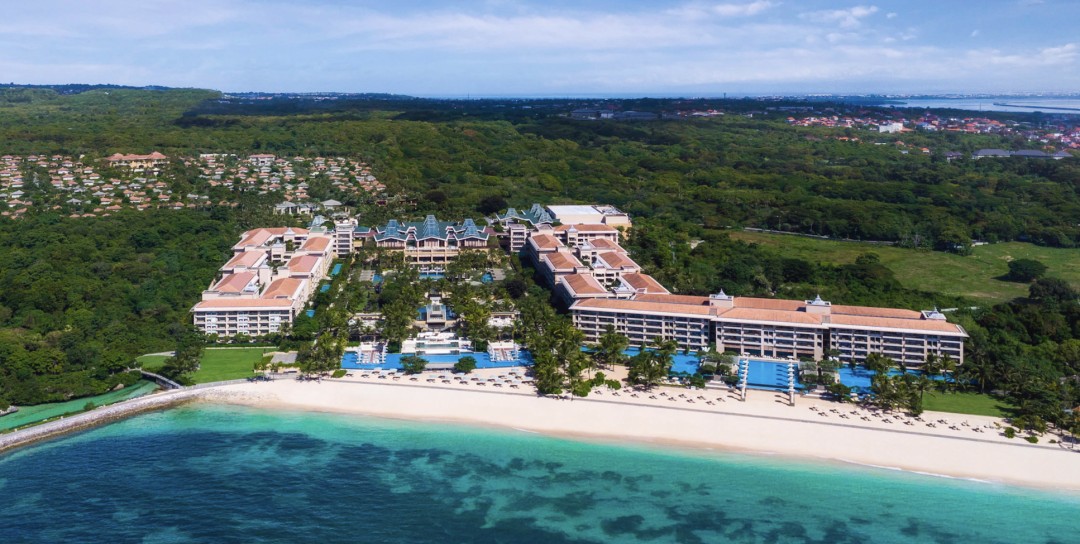
6) Safety

Many people think Southeast Asia is chaotic, and it can certainly be that way. There are too many places with a lot of noise.
There are indeed disordered regions in Southeast Asia, as well as others that are relatively stable. The state of disorder largely depends on the economic development level of the area, which is why countries like Singapore, Brunei, and Malaysia are relatively safe, while Myanmar and the Philippines can be more chaotic.

